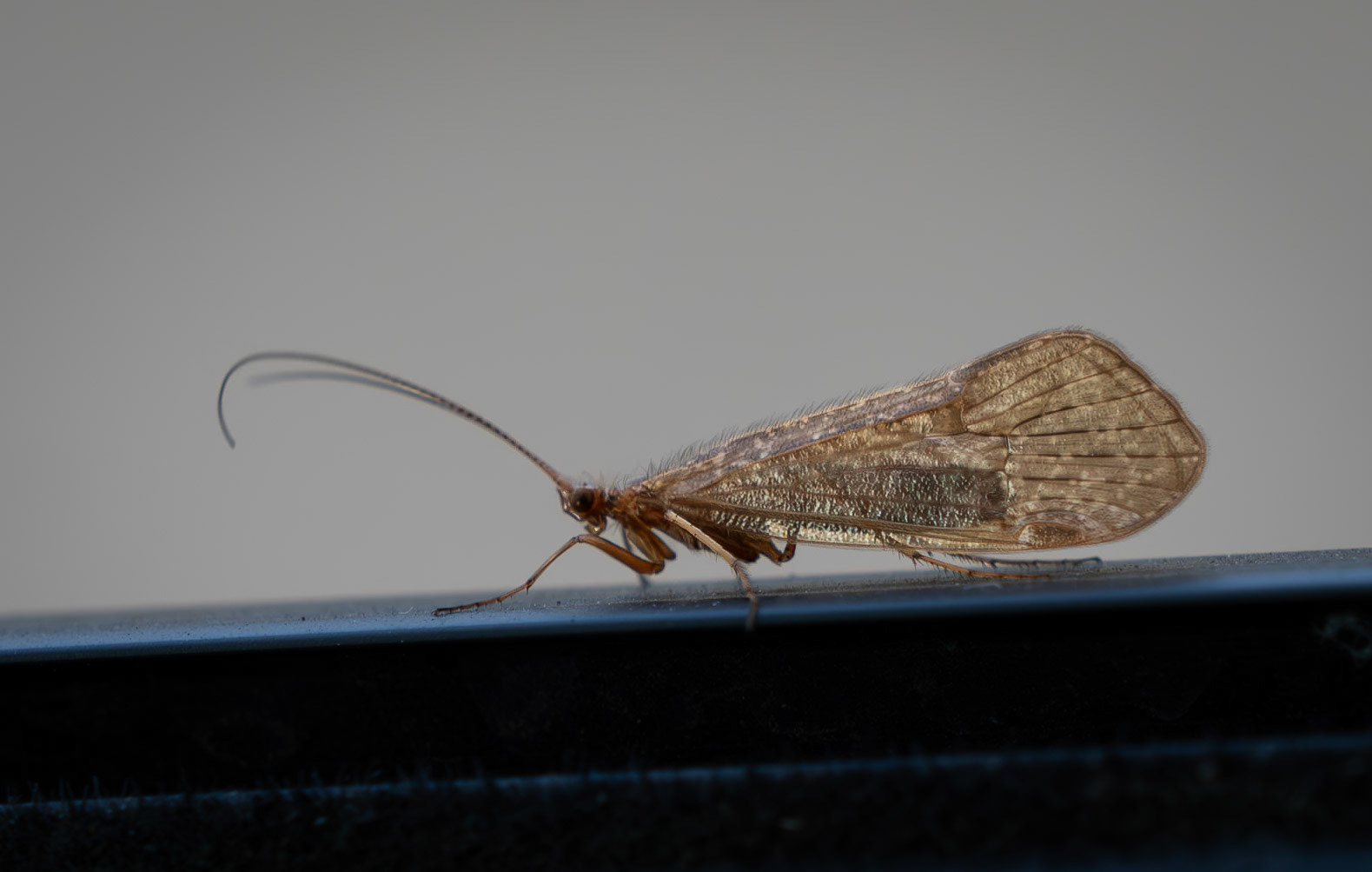Our first October visit was the first day of the month; the last day of the month was record warm so we headed out for another visit. While the animals are generally the same each visit, there is always something different to see.
The arctic wolves, with their move to the Parc House at the entrance seem to keep their distance and not often seen. This visit two were still a distance away, but well in view.

The Parc staff spread corn out along the sides of the roads to ensure the more shy animals are come out to be seen. (Not that there are many shy animals in the Parc.) A mother boar and two teenagers were happy to have the corn to nibble on.
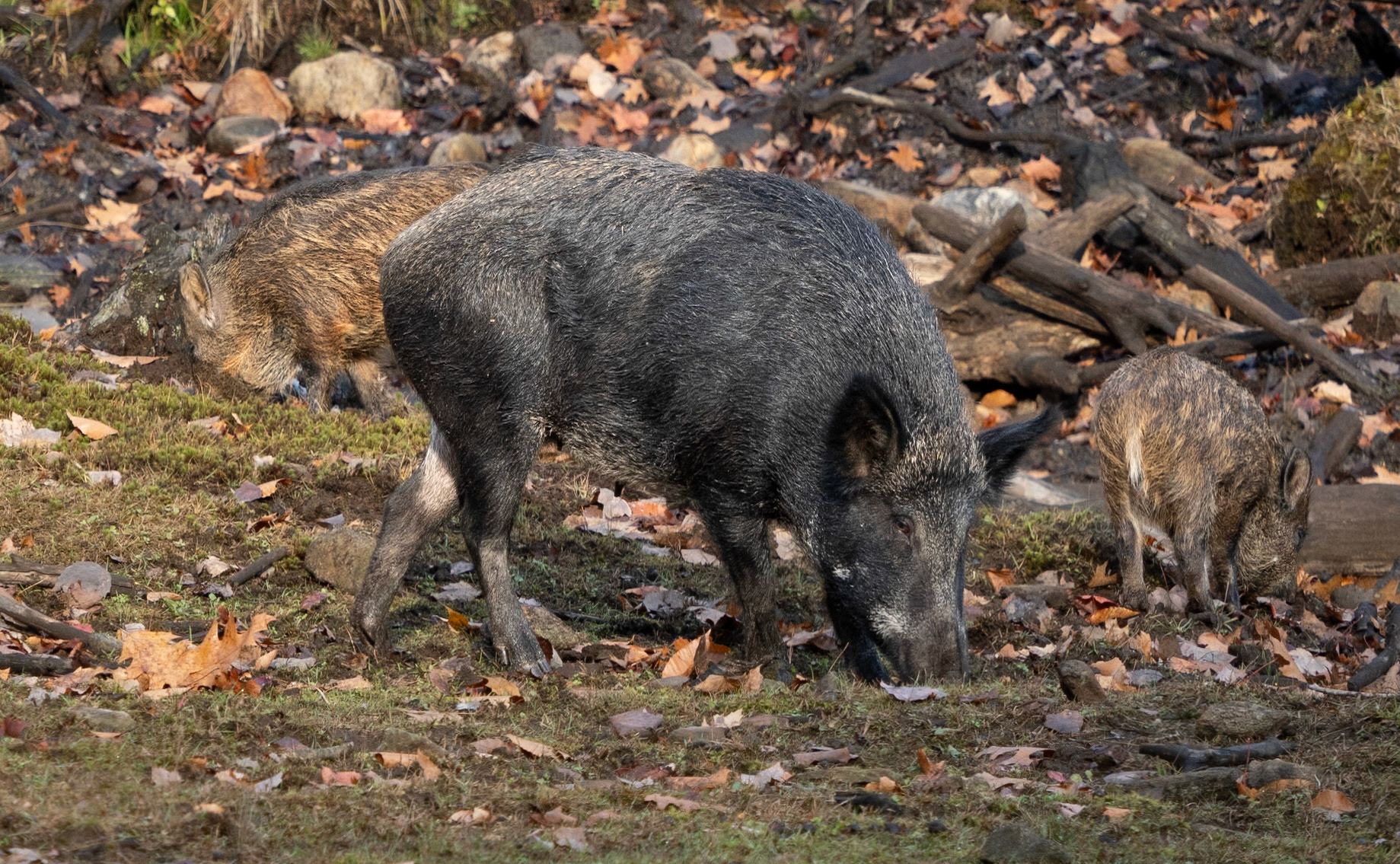
Aside from the Canada geese in the beaver pond, there were a good number of hooded mergansers
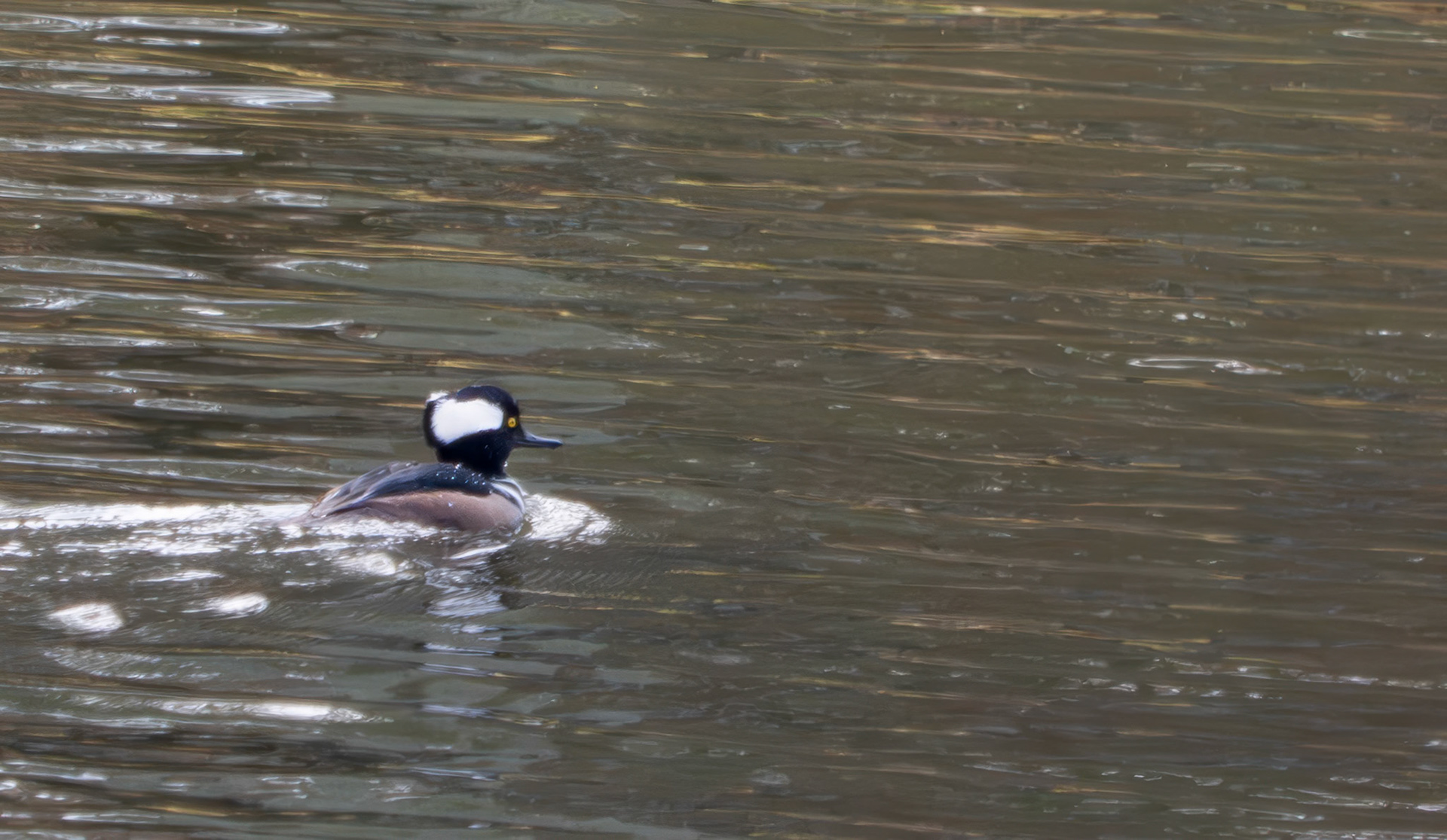
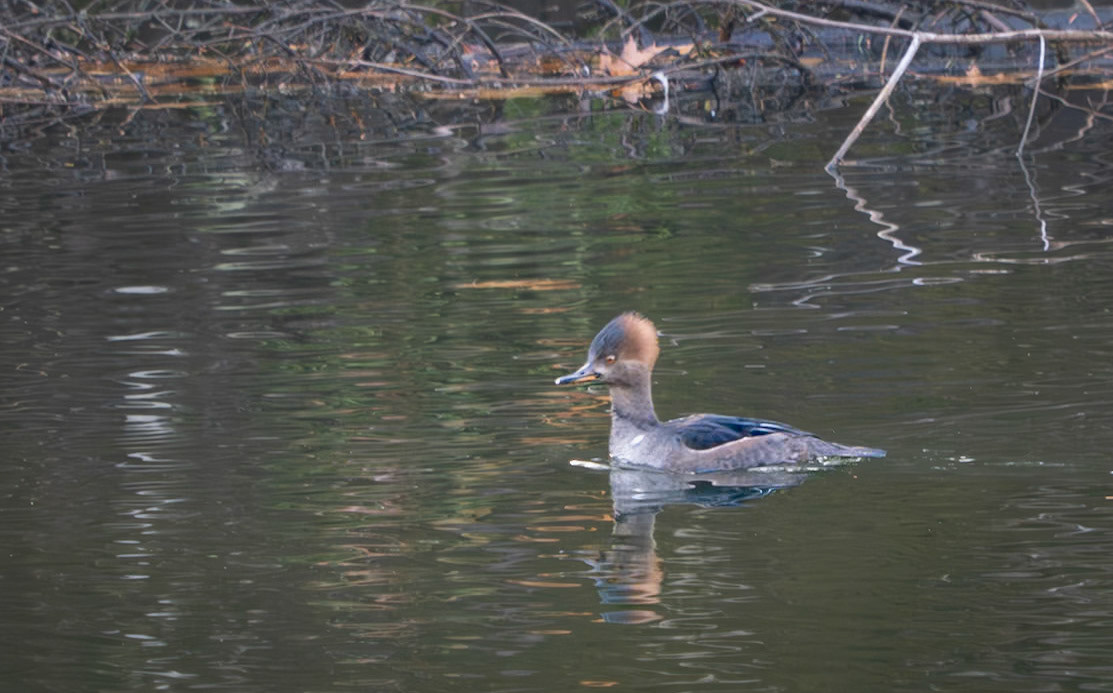

There were also a few female common mergansers

Both groups found a small "island" to do their preening
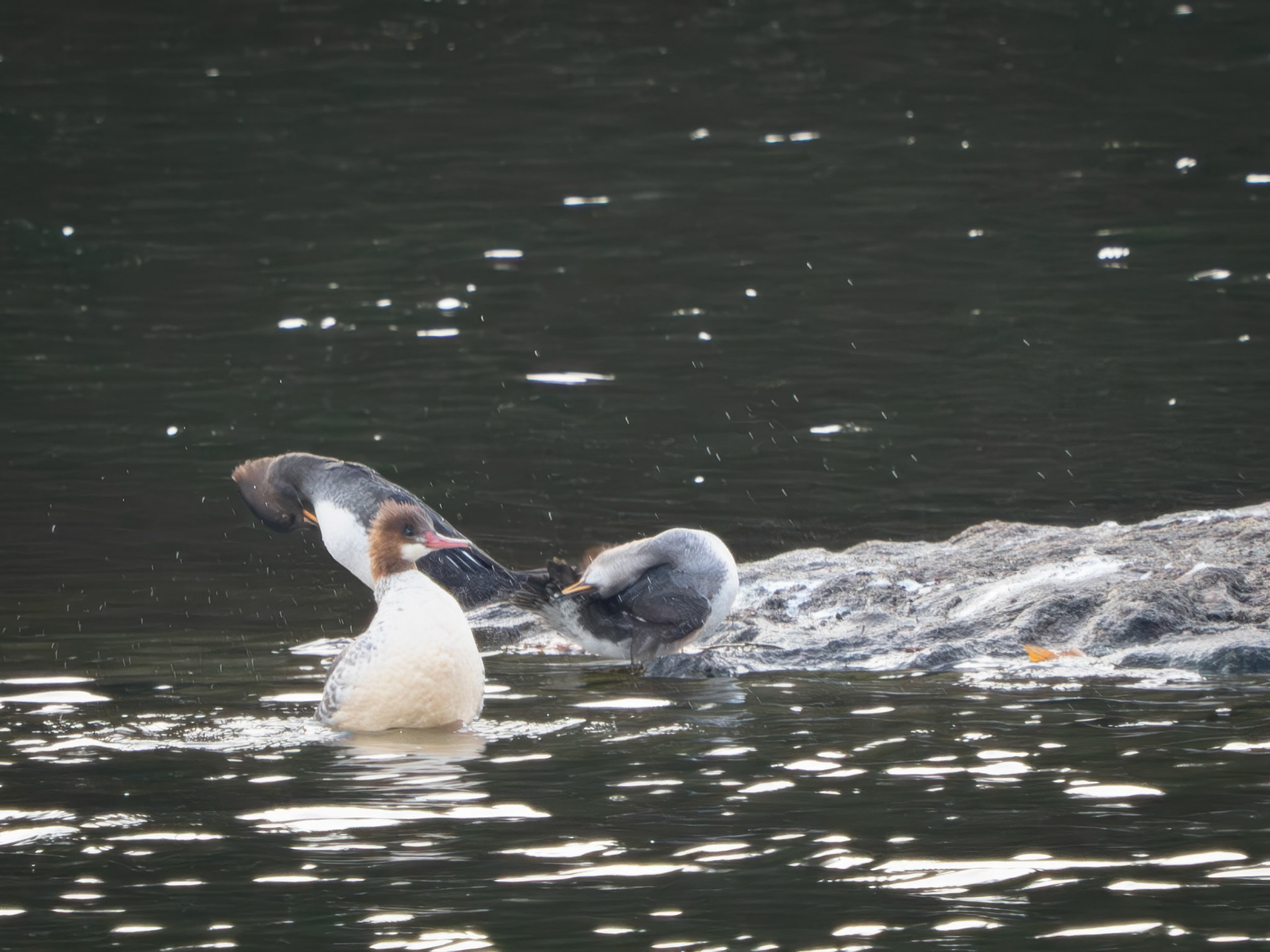
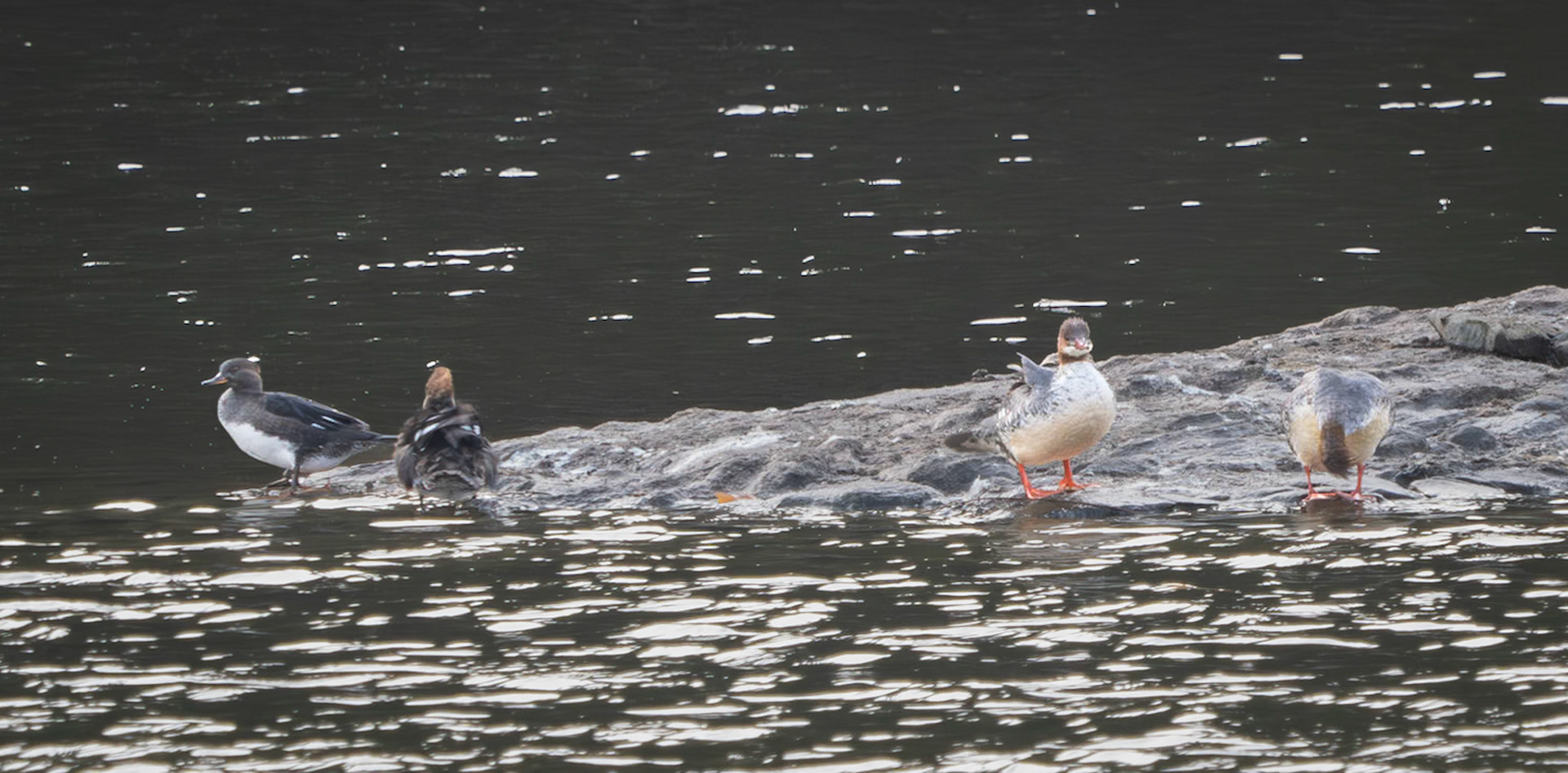
In another pond, a female mallard and female hooded merganser were swimming in amongst the geese
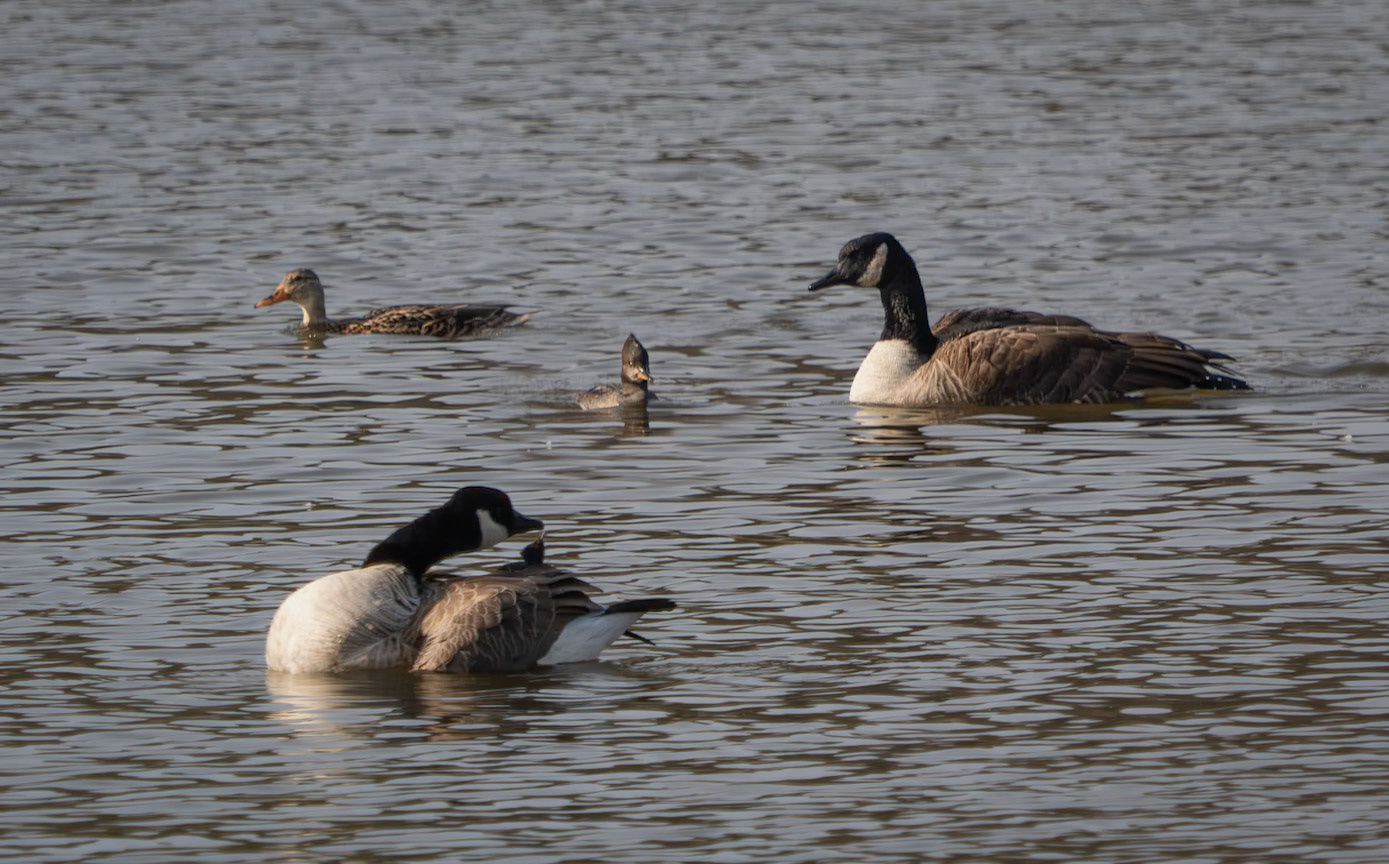
In yet another pond, a small one in which we usually look for frogs, a mallard pair posed for photos
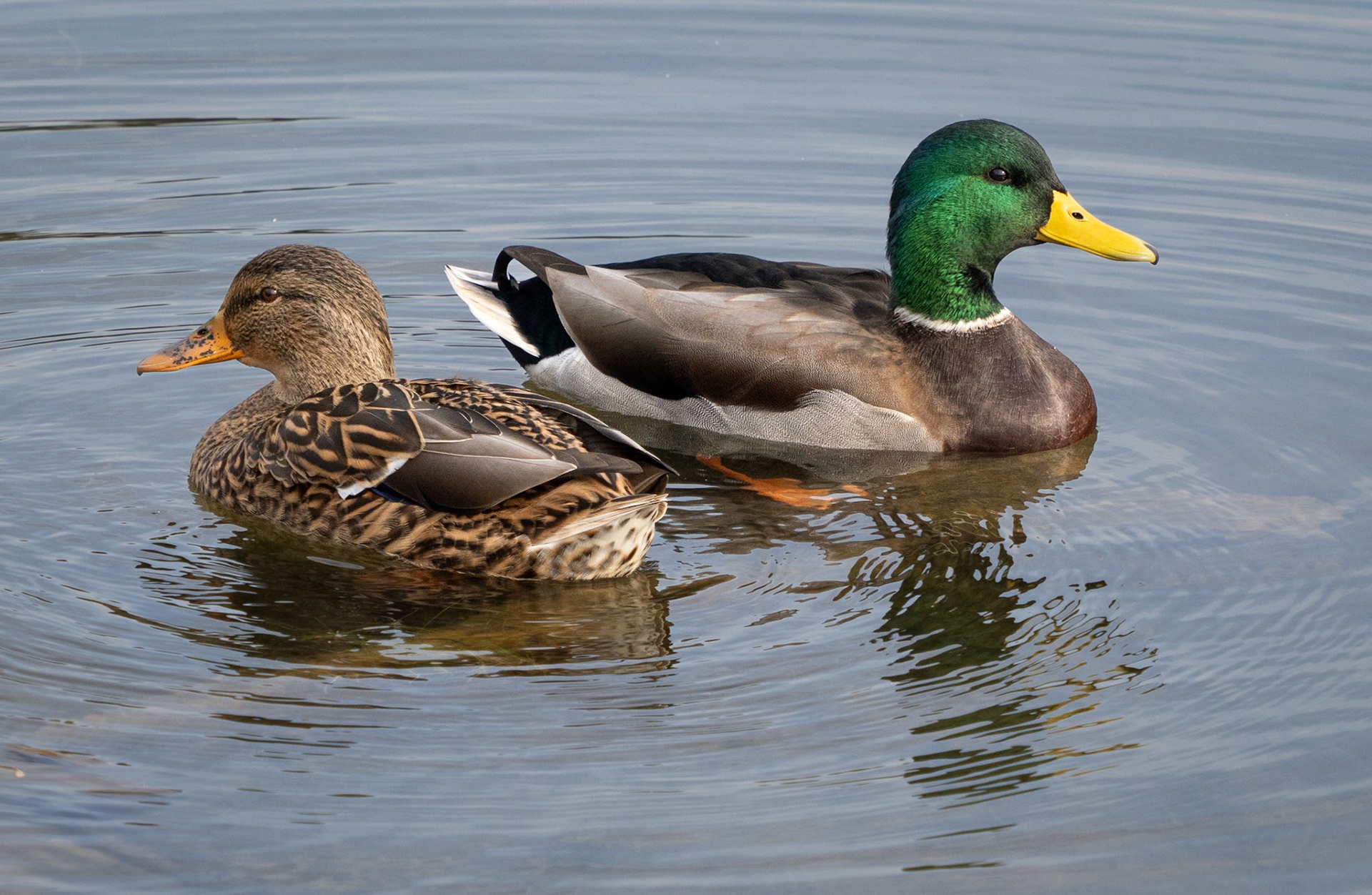
Seems the herons might have started to move south as we only spotted a single great blue heron

When the wolves are fed, we usually see turkey vultures hanging around hoping to get a snack. This visit no turkey vultures were in sight, but ravens were taking the vultures' place
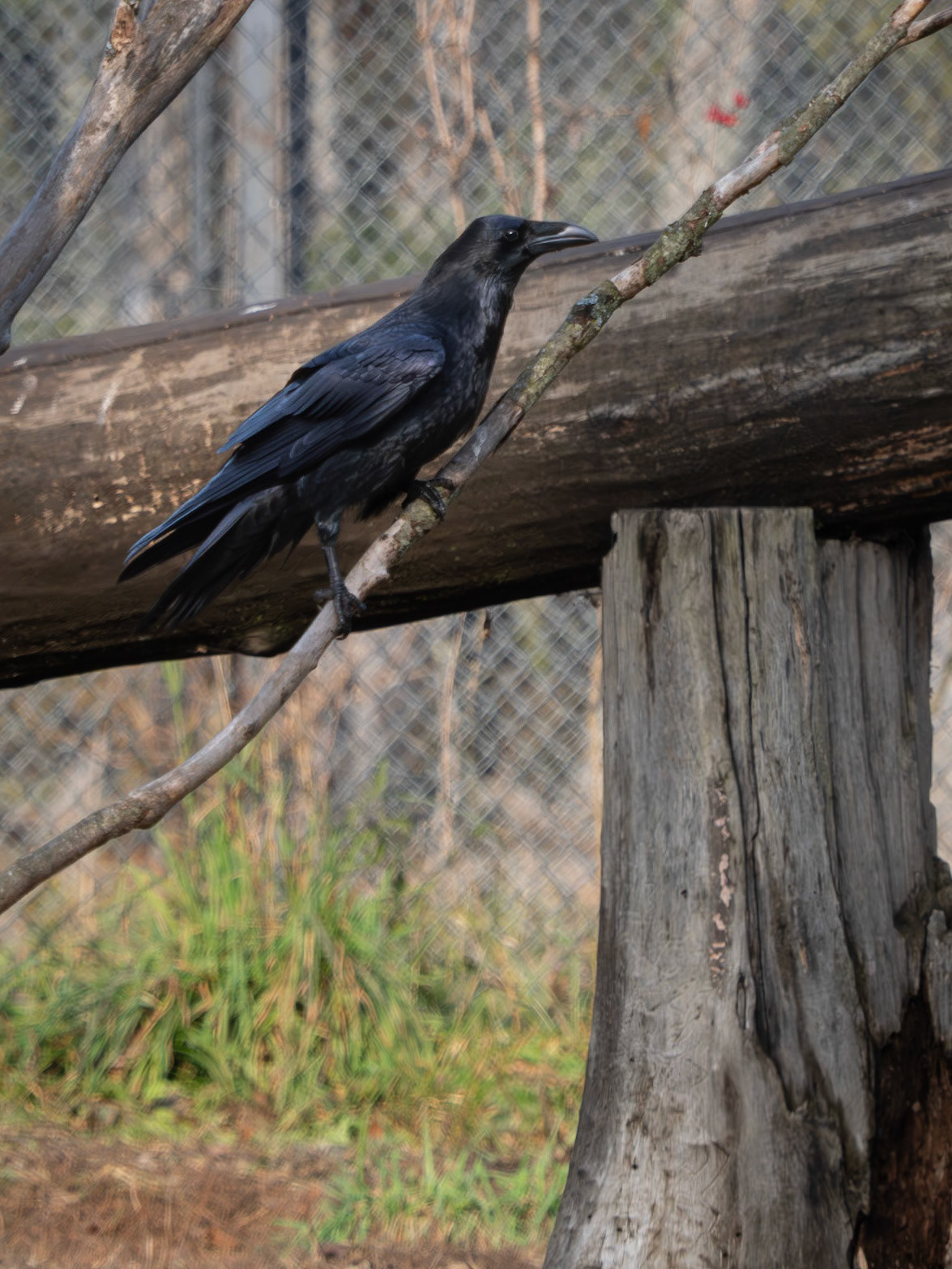
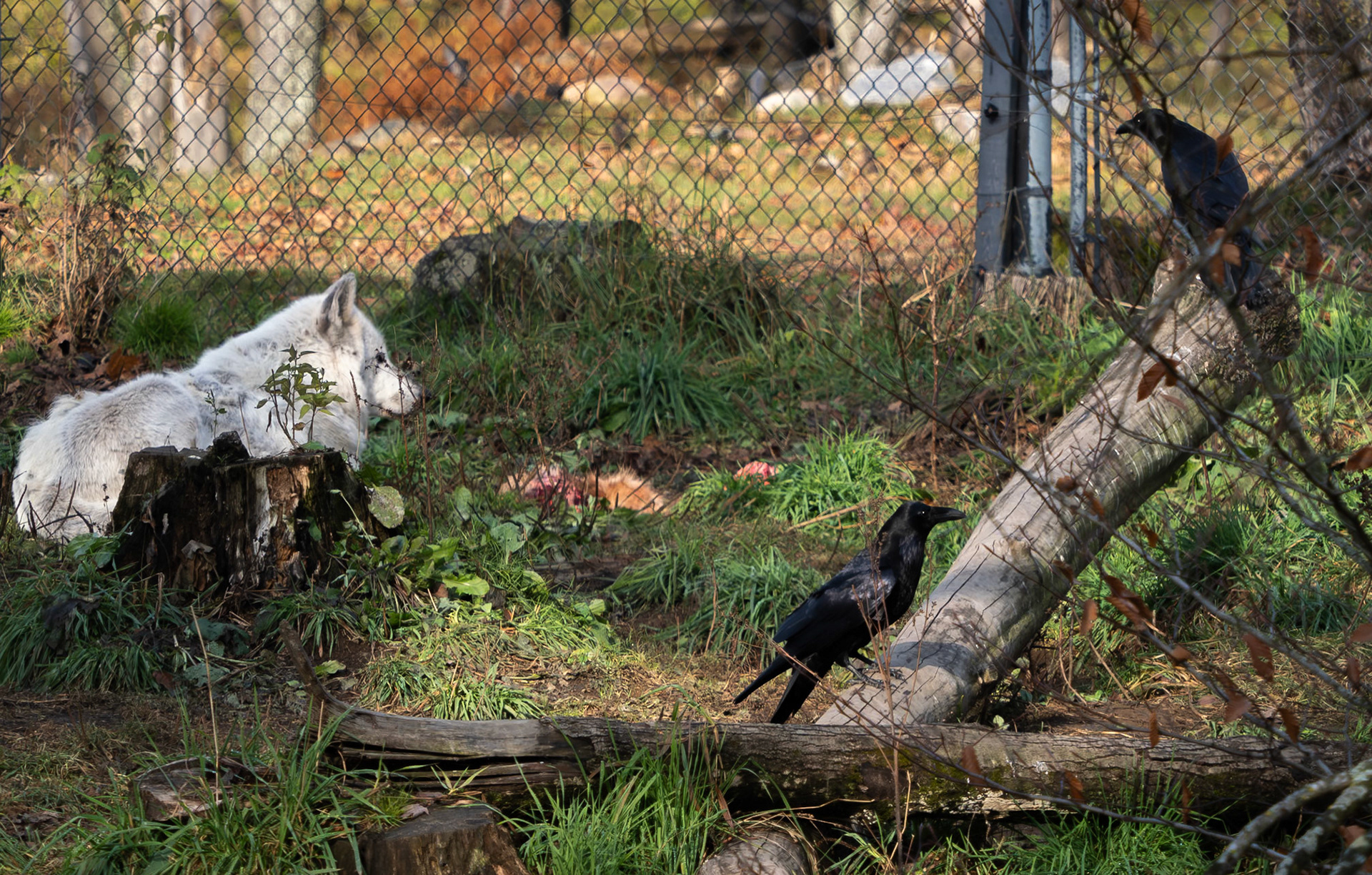
There were a few wild turkeys in the open, but for the third visit, we noticed pigeons that seem to have found the Parc and the free meals it offers
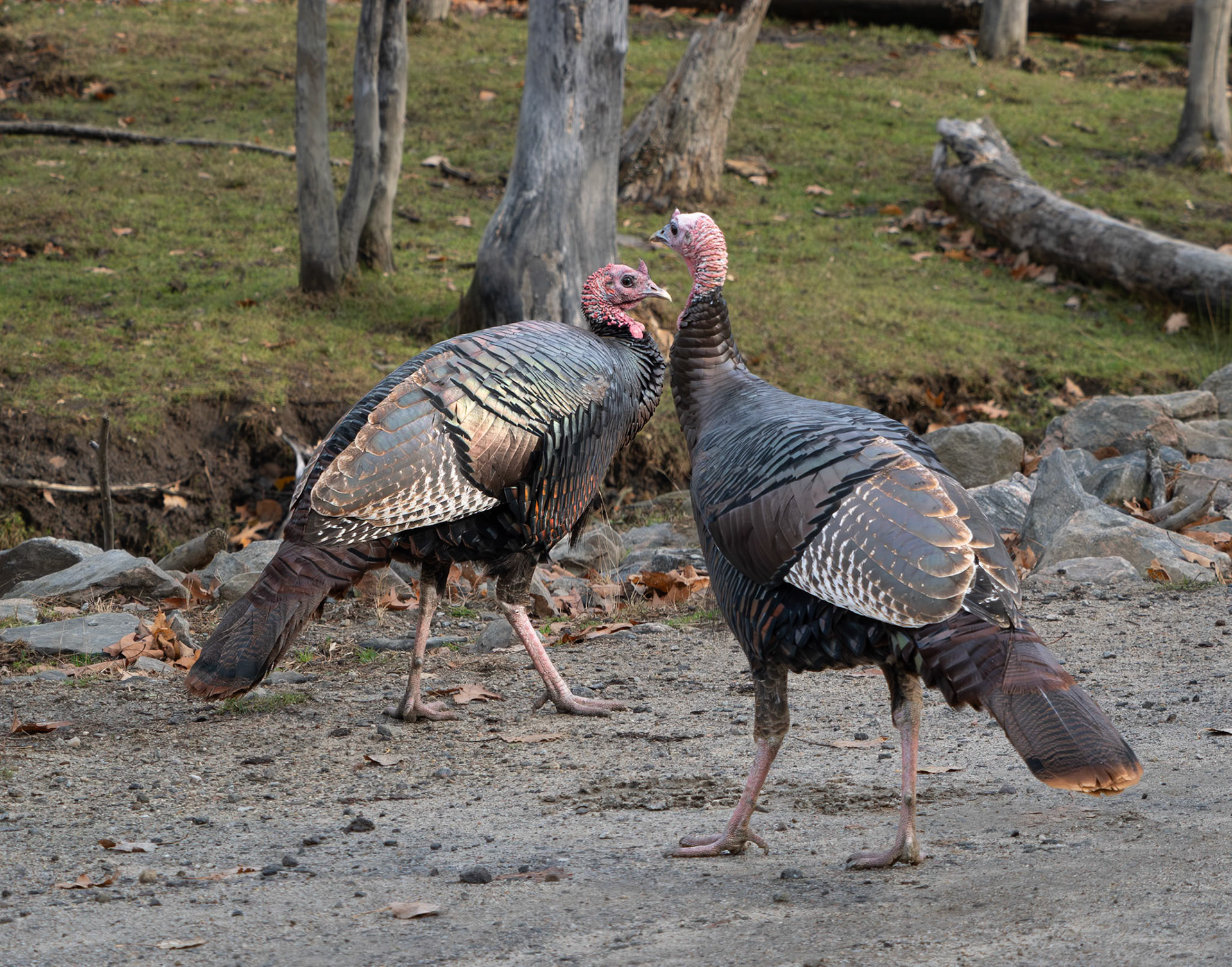
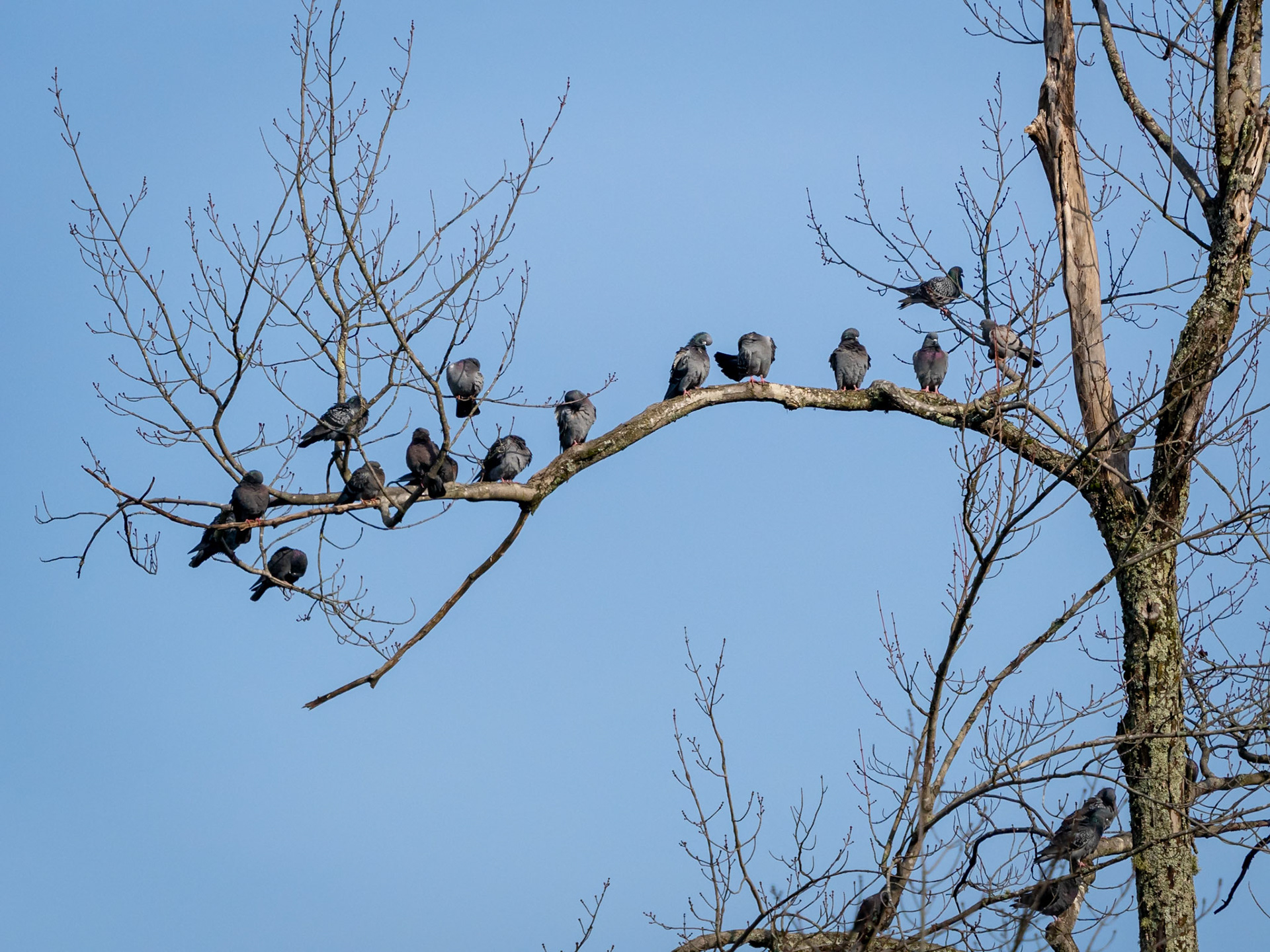
Two young fallow deer were sharing some bonding time
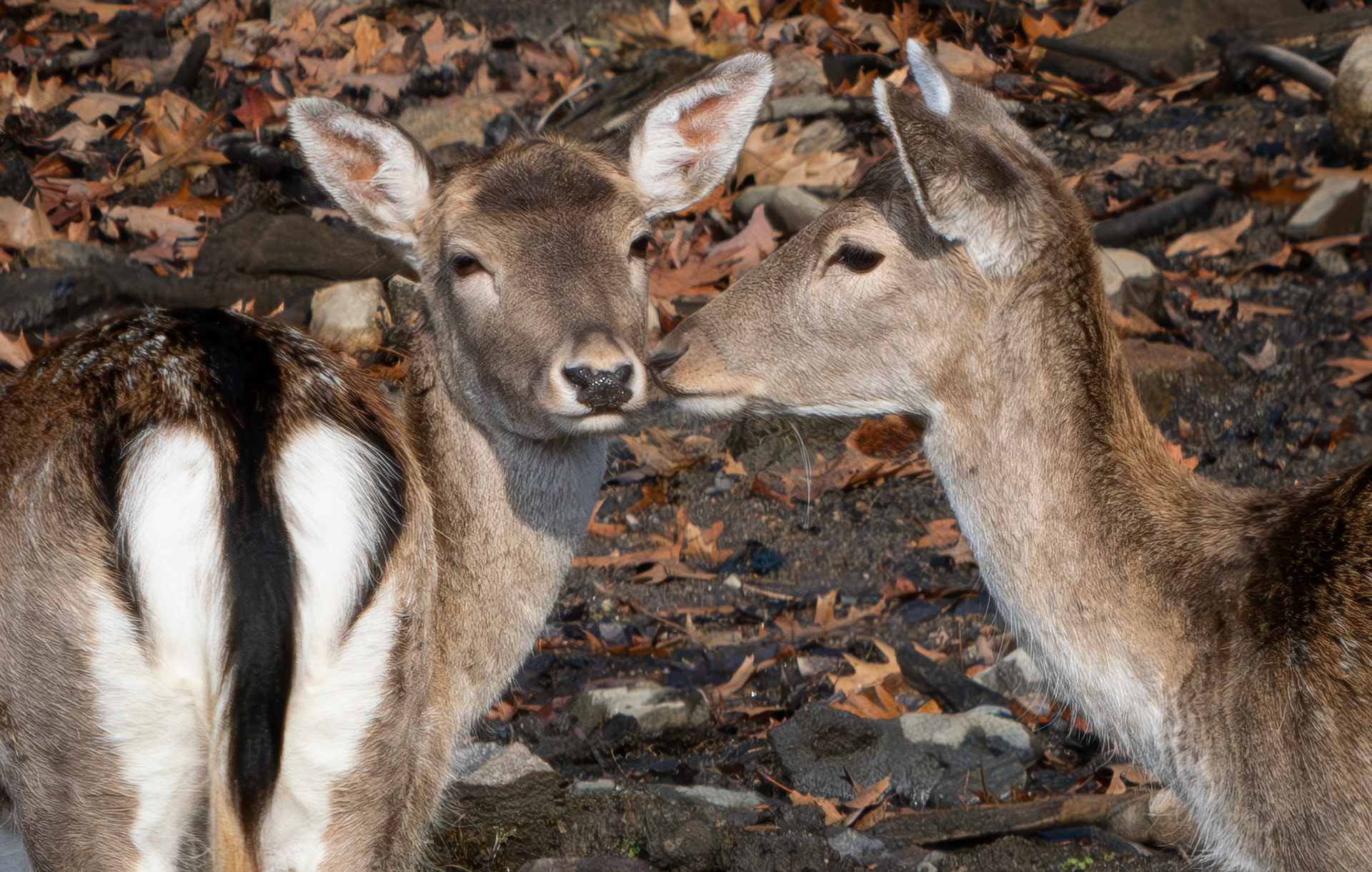
When the corn is spread on the roadside it can be difficult to get a photo of a single deer. One fallow deer, down at the trout pond, was hoping someone would buy some trout pellets. The fallow deer are partial to the pellets
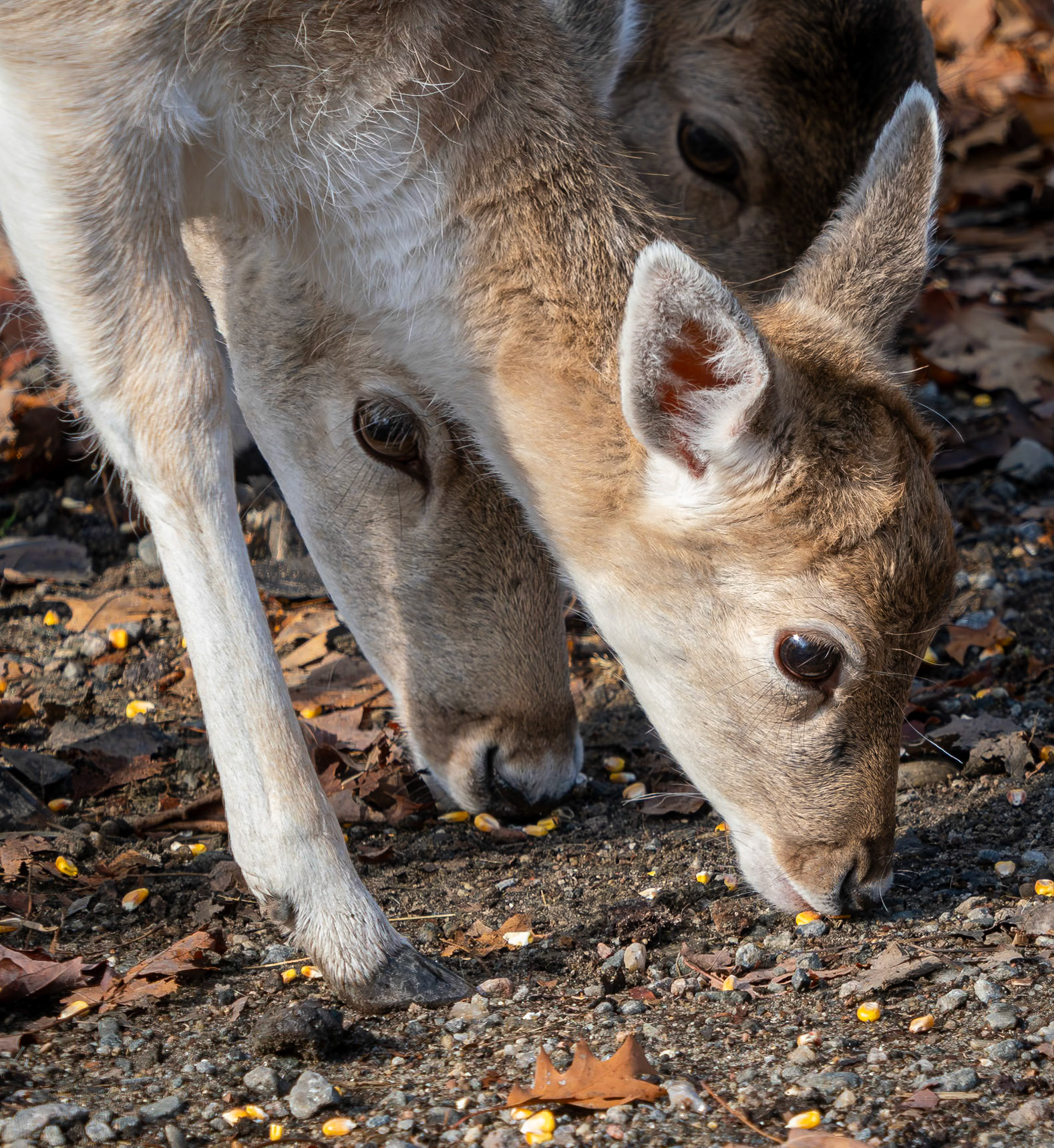

The white male fallow deer (there are many colour variations) have nice markings on their backs, but their necks and faces can look less than pristine

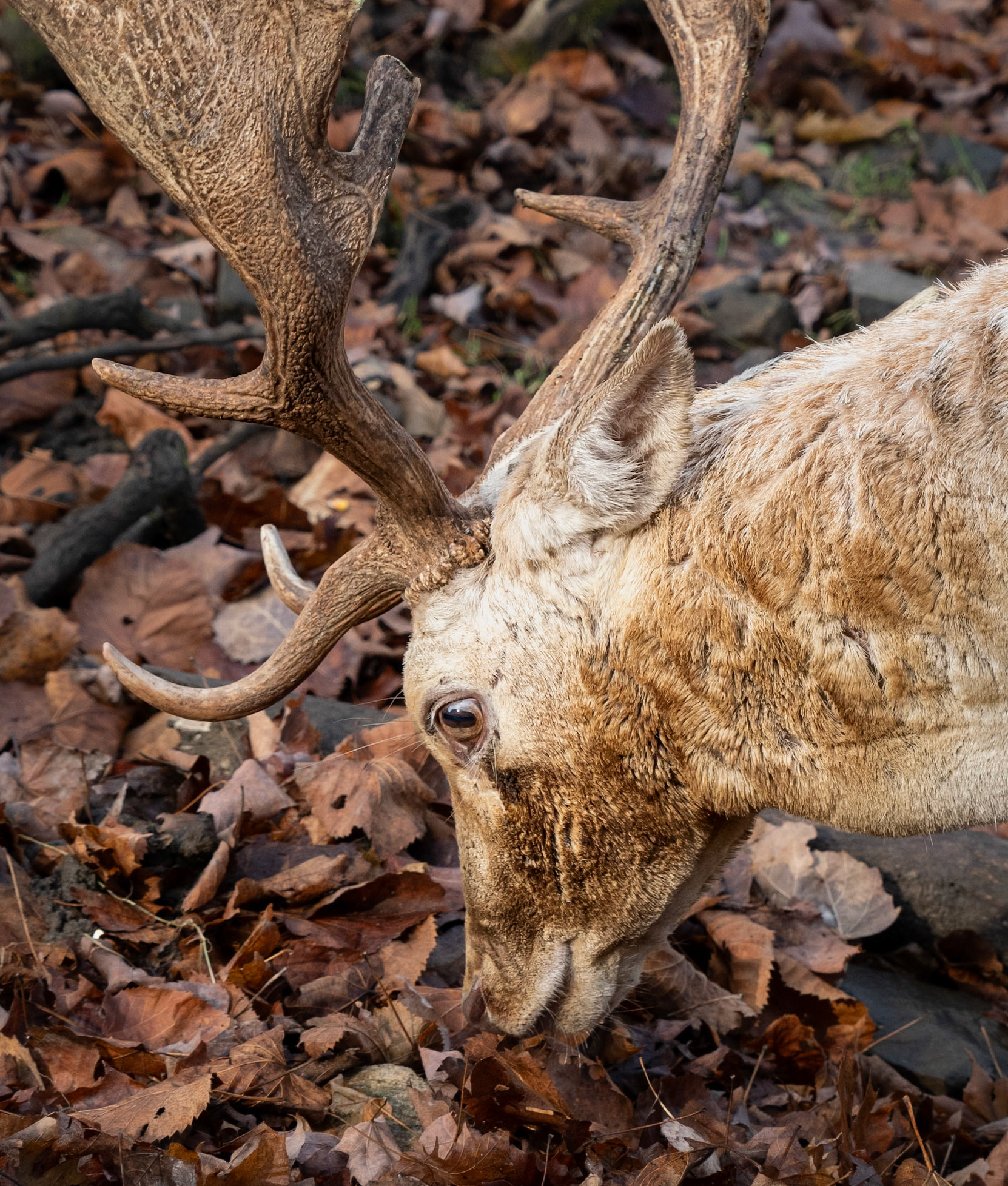
We invited the white-tailed deer to join us for lunch, they were only too happy to do so

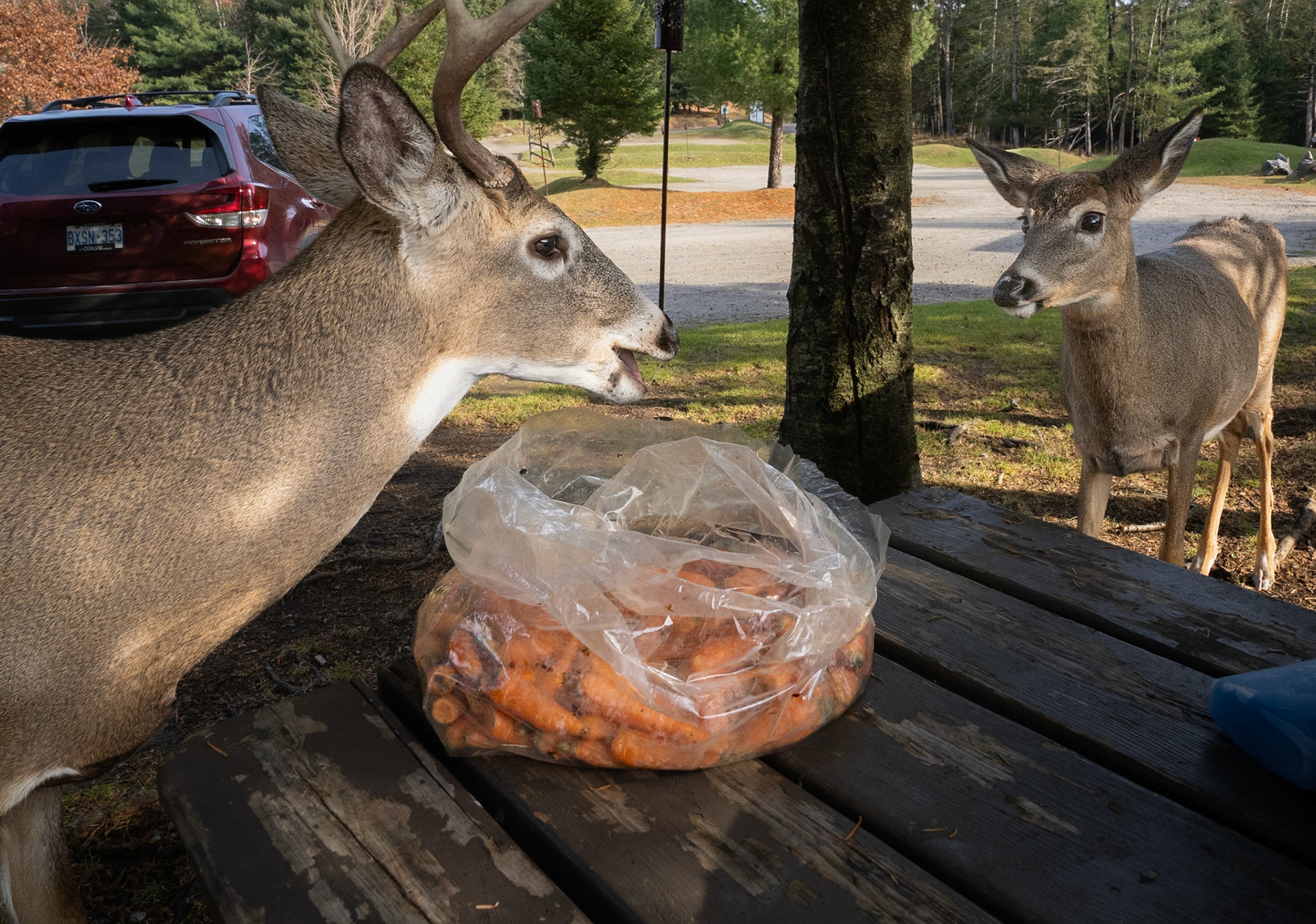
One red deer stag was still maintaining his harem, including mothers with this year's offspring
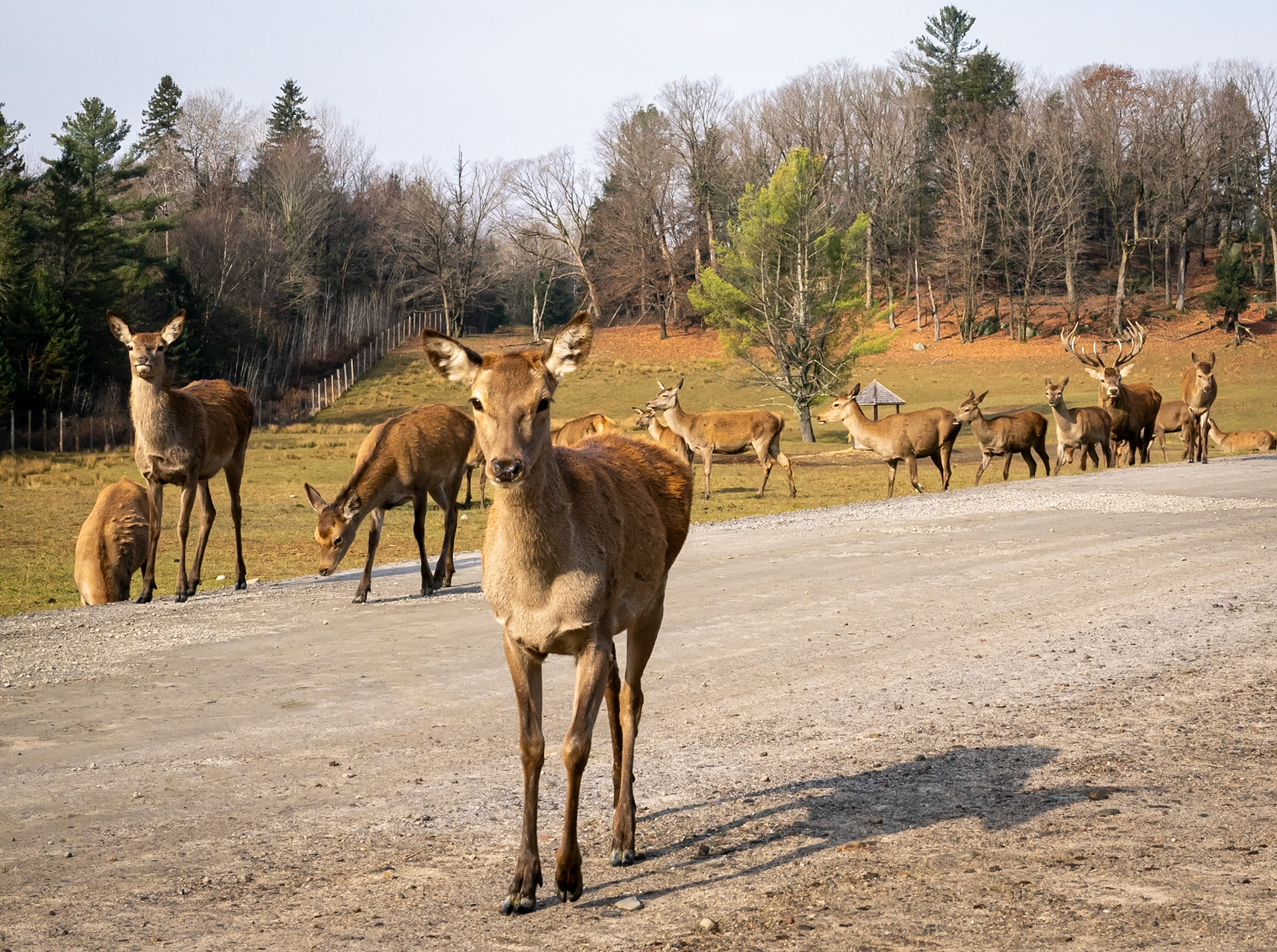
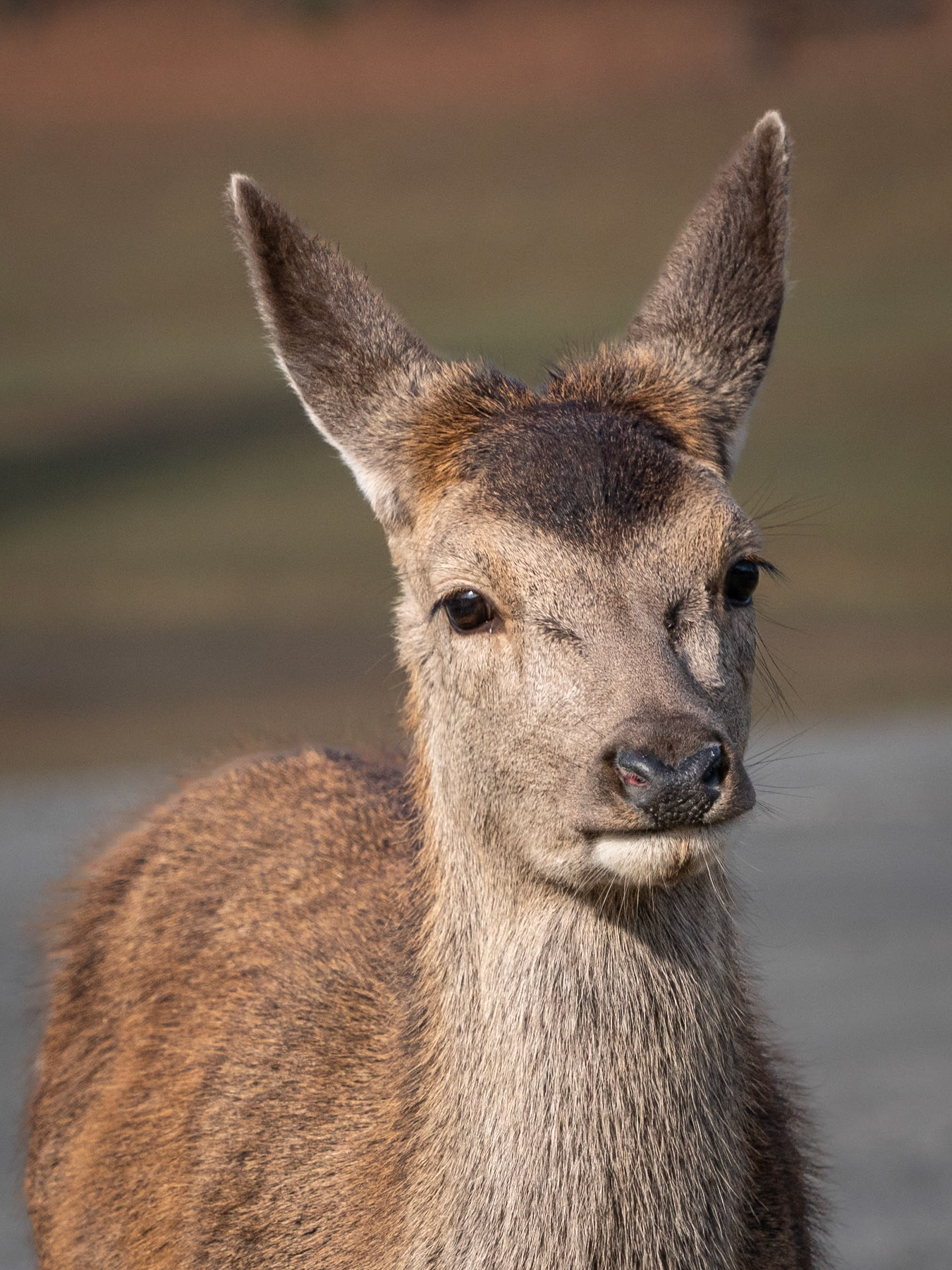
Tico the moose and his companion were out in the open and presented a photo op
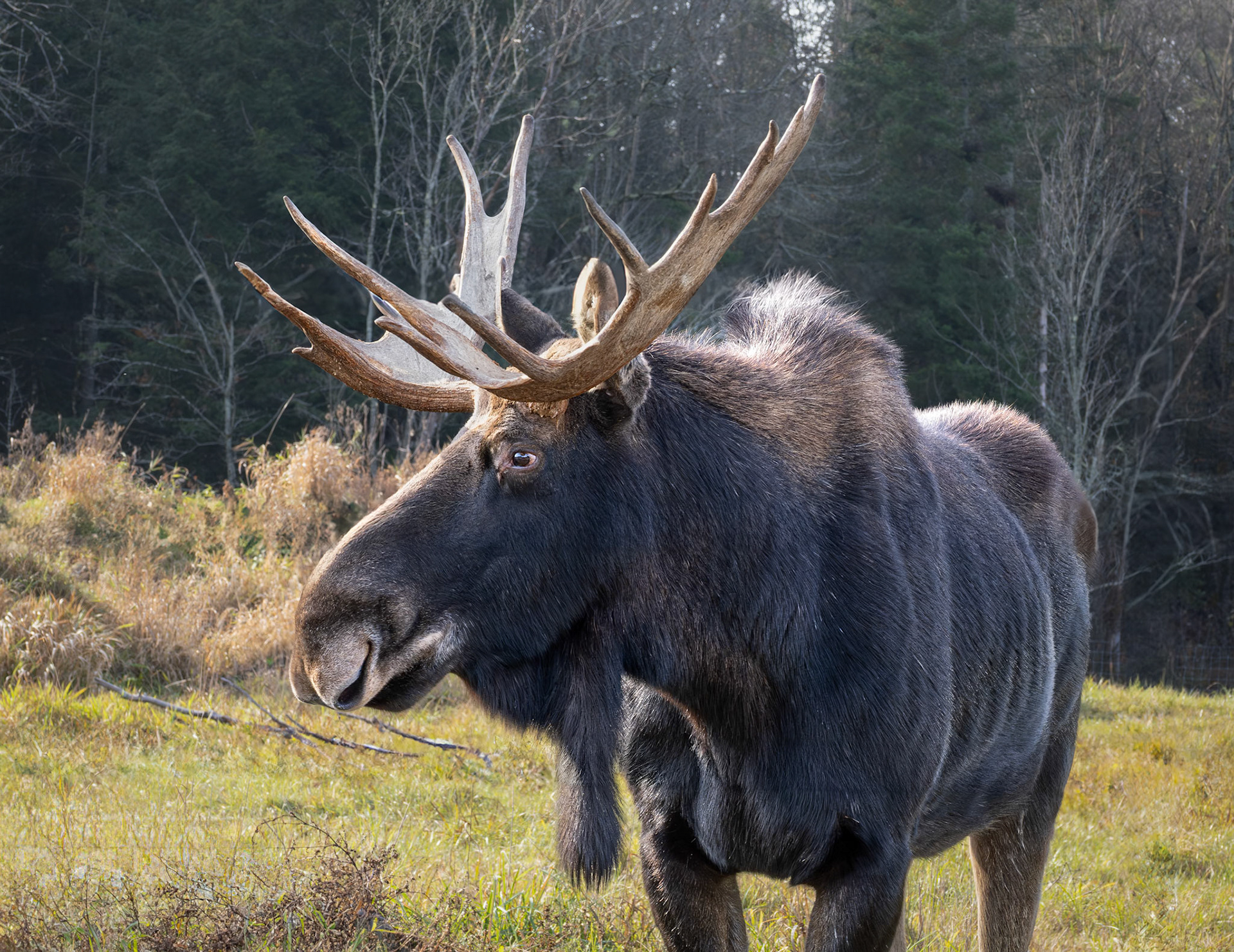
In the other mosse enclosure, one of the males was sitting back in the trees as usual, but a female was more in the open

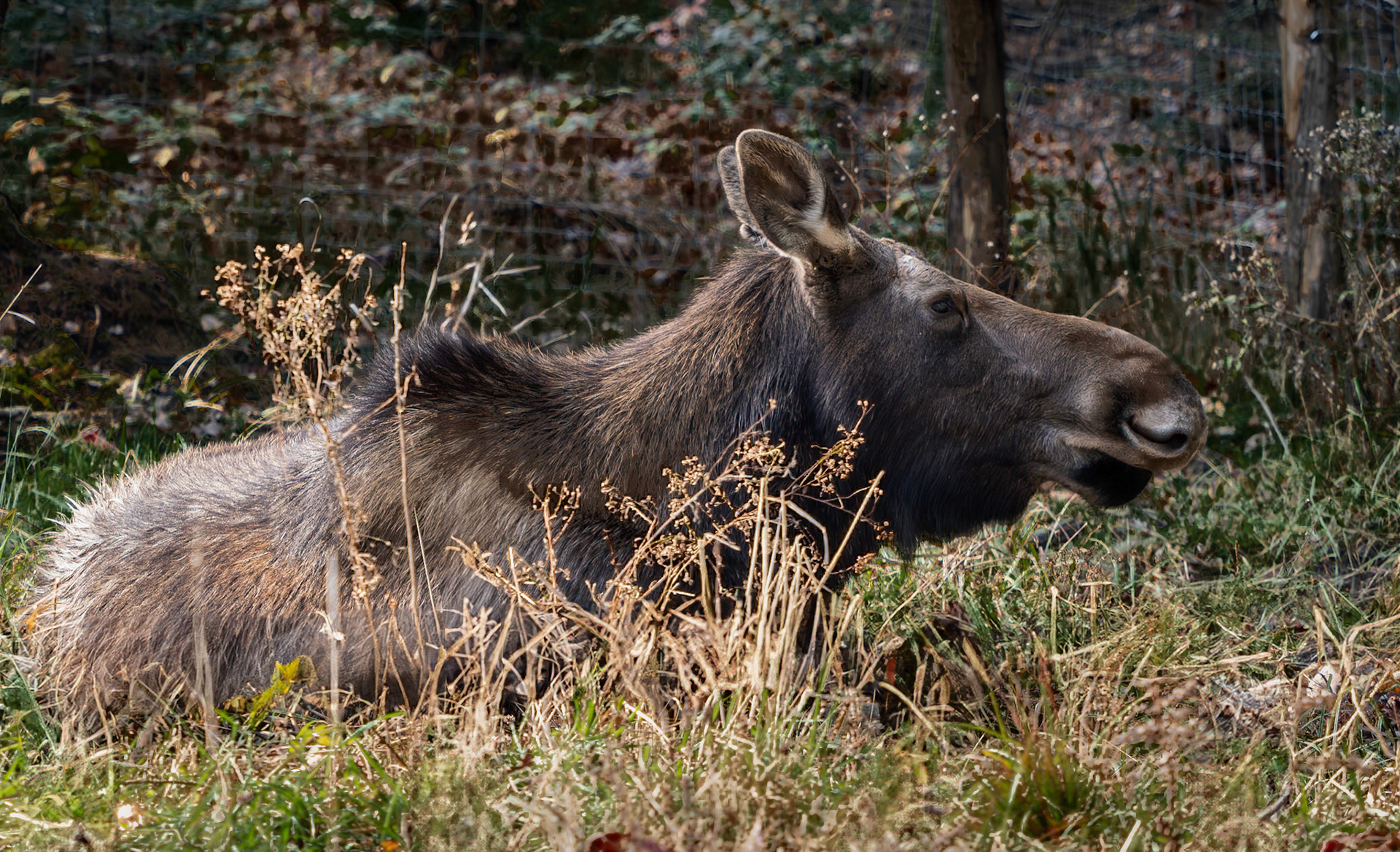
While going for a walk on a path we had not been on before, we came across a 10-12 foot high sculpture of a moose. The path was part of the night walk that is held at the Parc
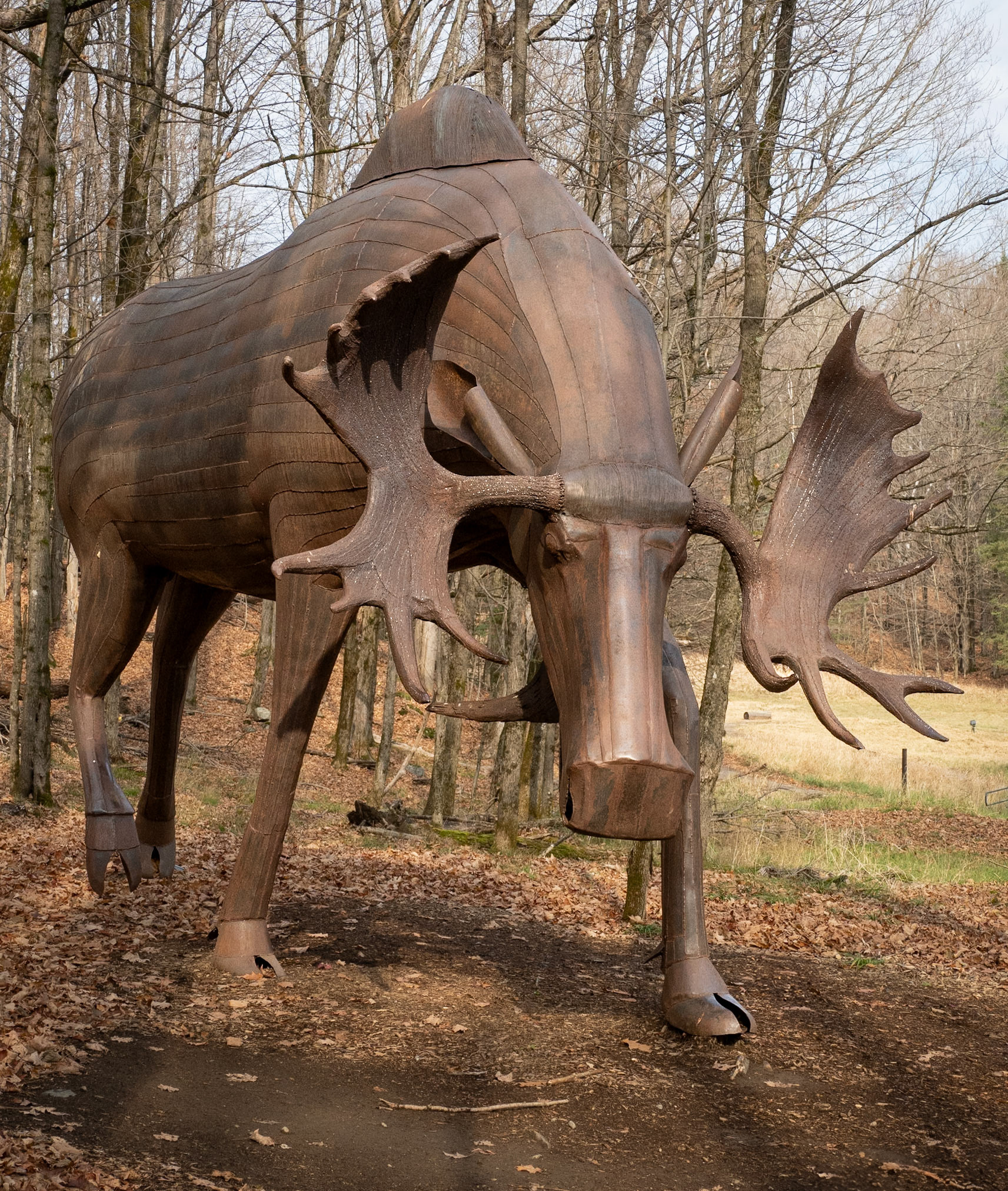
The buffalo/bison were relaxing around one their feeding stations. The big male looked as though he had been in the mud.
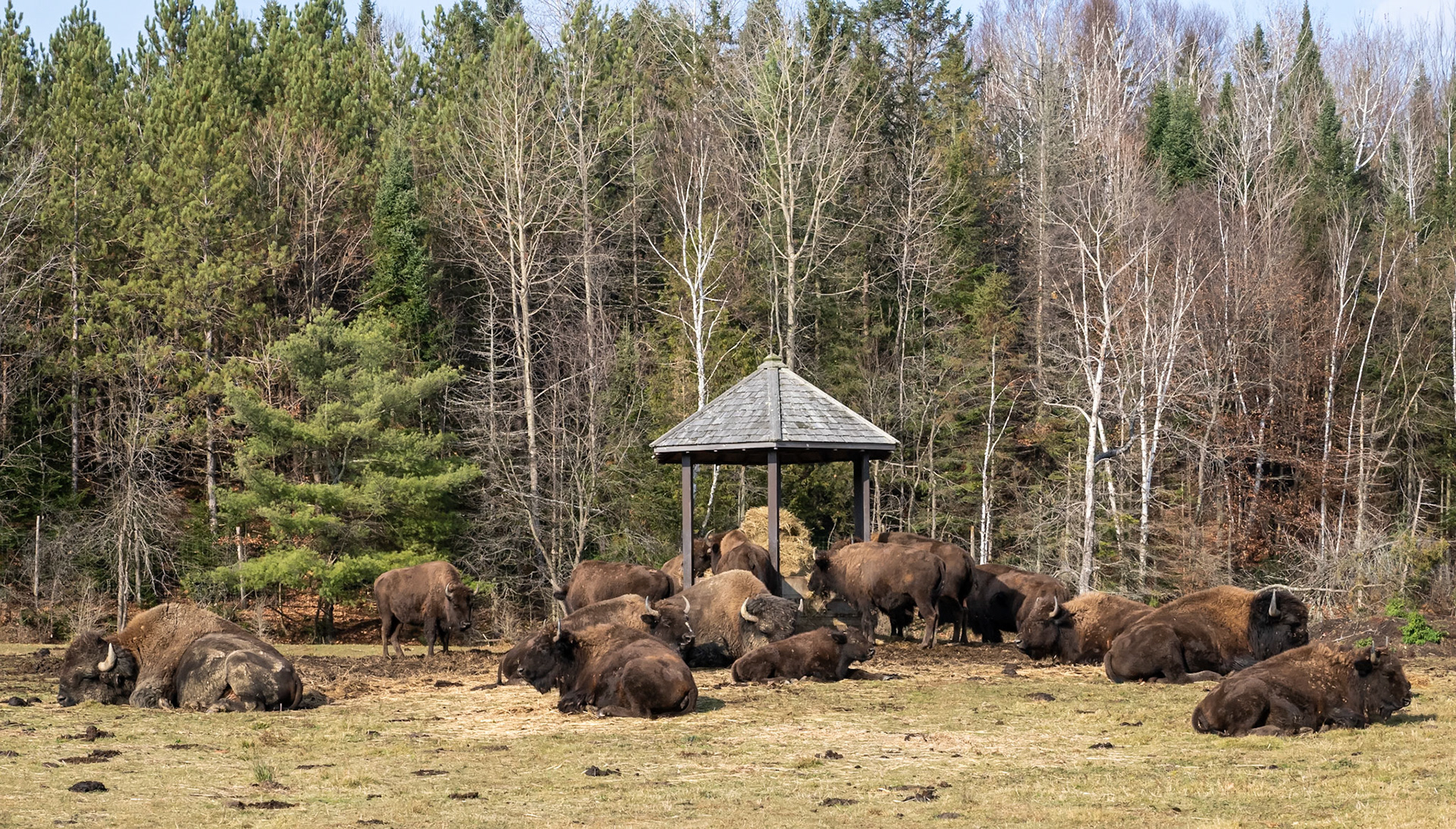
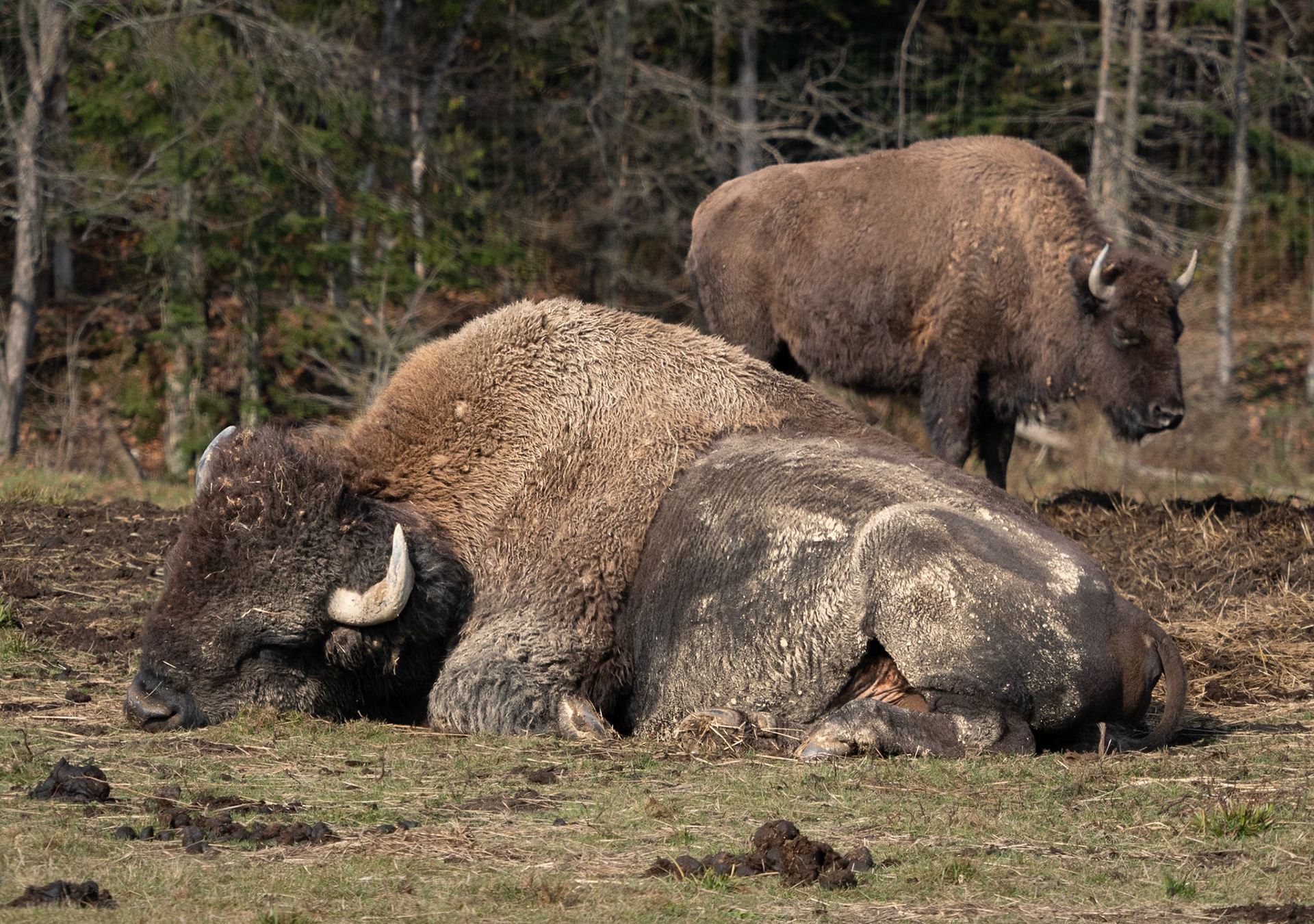
A yearling came out to visit us. The Parc no longer allows feeding carrots to the buffalo for safety reasons (They get their heads caught in the car windows), but we suspect some feeding still happens

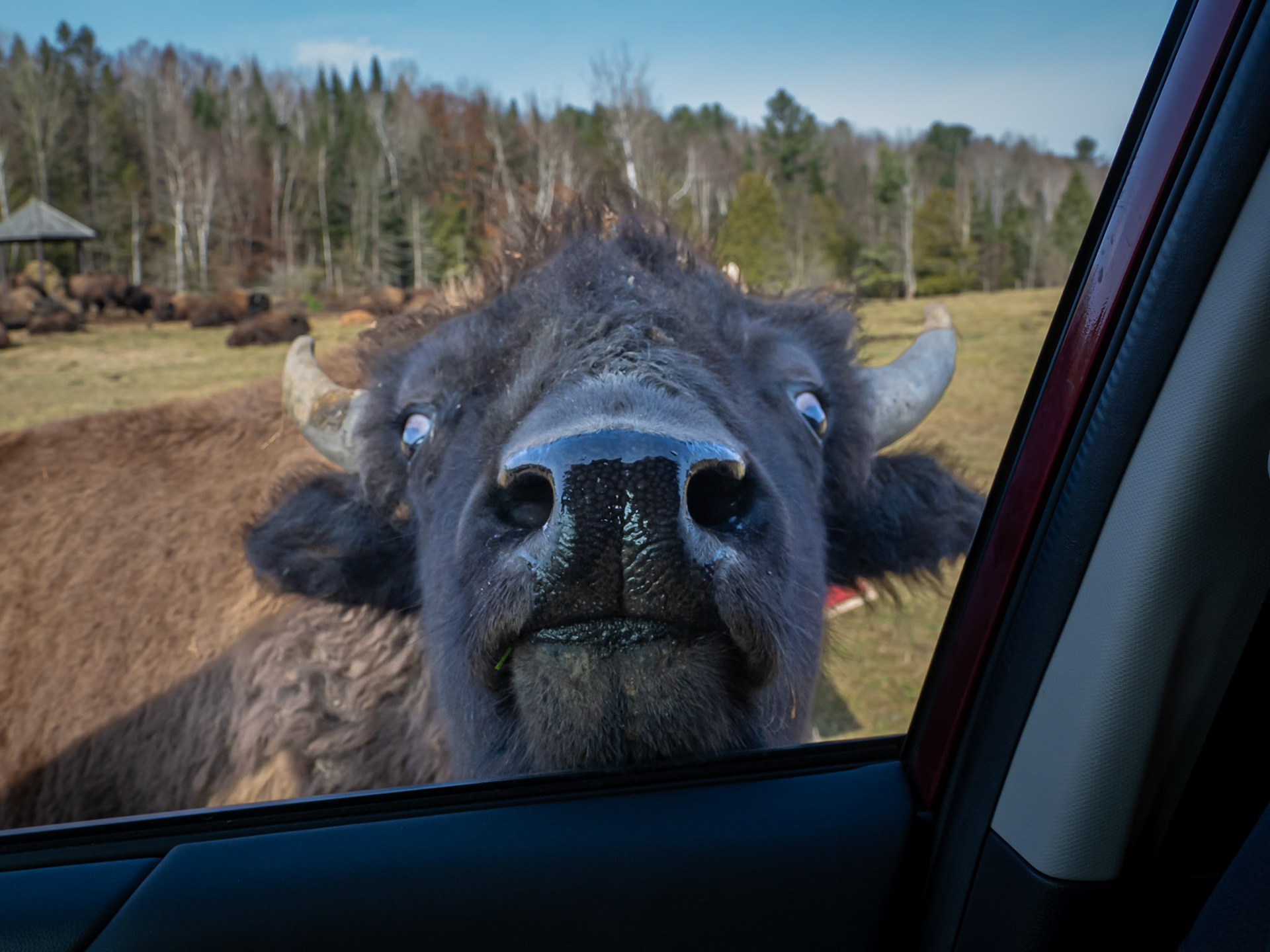
We came upon a small group of male elks that had had their antlers removed. Likely for being too frisky. One of the males was lying down and the tic bites were very visible on his body.

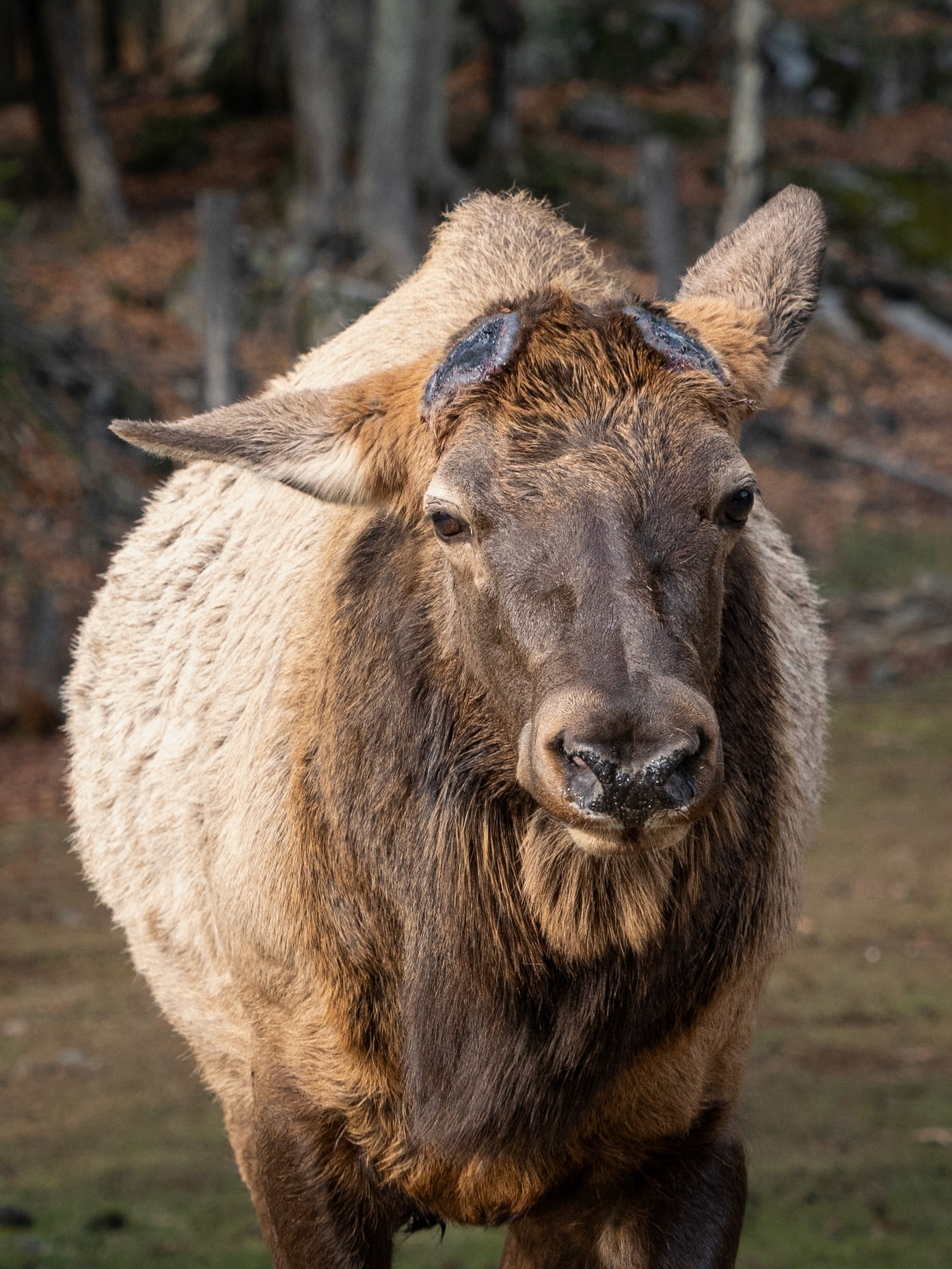
The Rocky Mountain goats were sporting their new winter coats

The ibex were up in their "play" structure to get their feed of hay
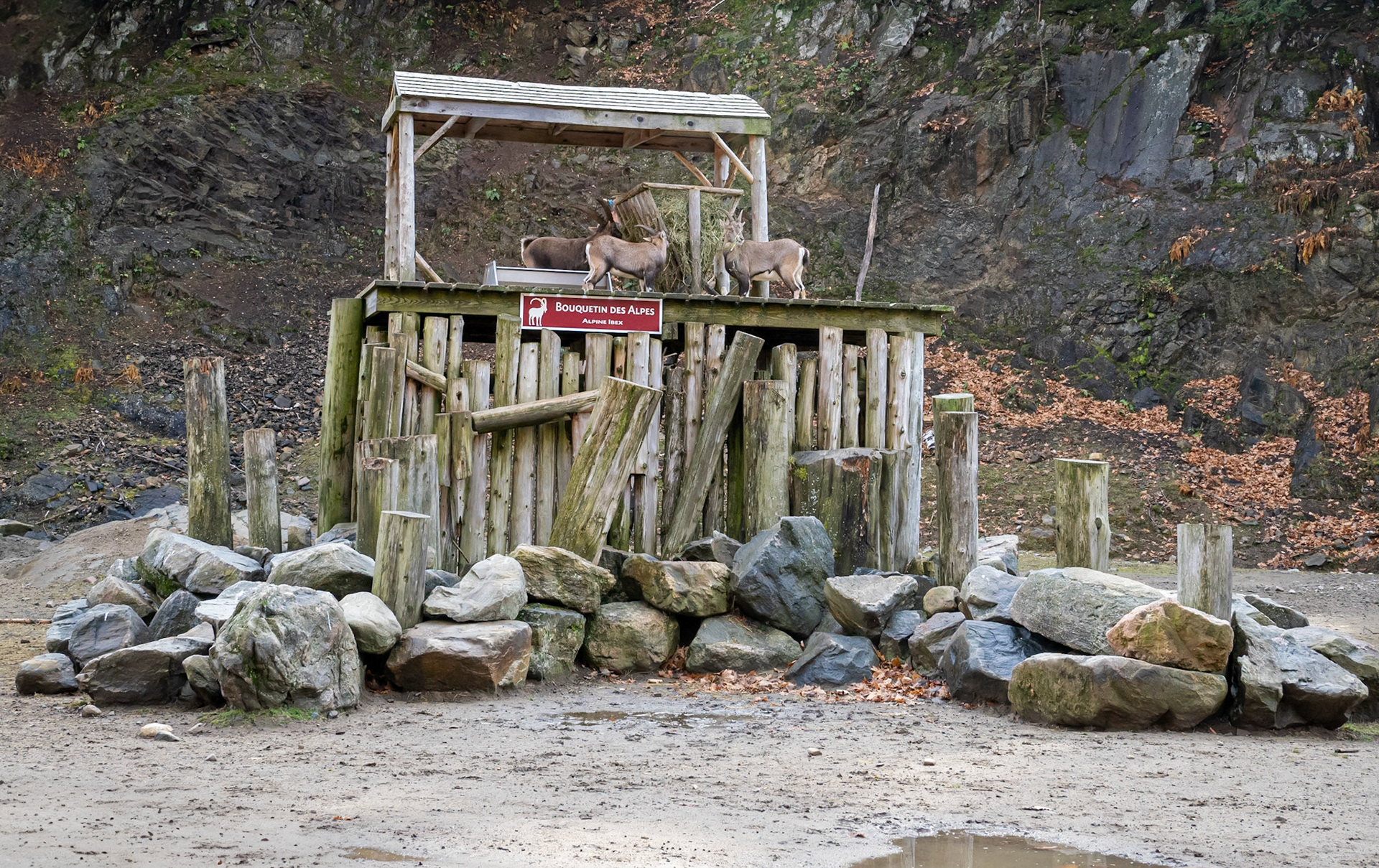
The caribou had been moved back to their original enclosures leaving the large drive through enclosure to the sole use of the arctic foxes. Although there were signs that big-horned sheep were going to join them.


There were some Parc staff working by the nearby bear enclosure. That had the coyotes quite anxious that they might missing out on any special feeding
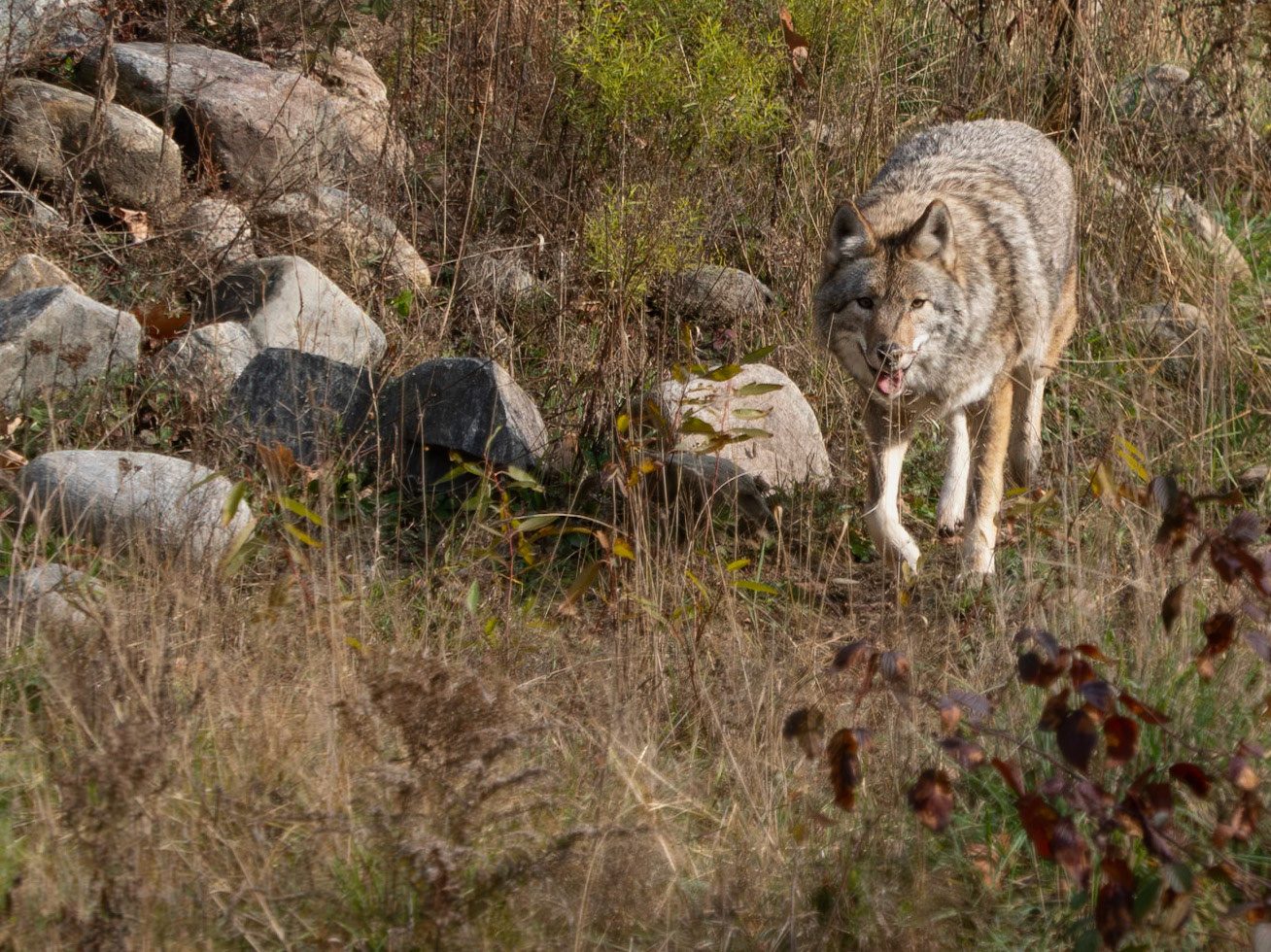
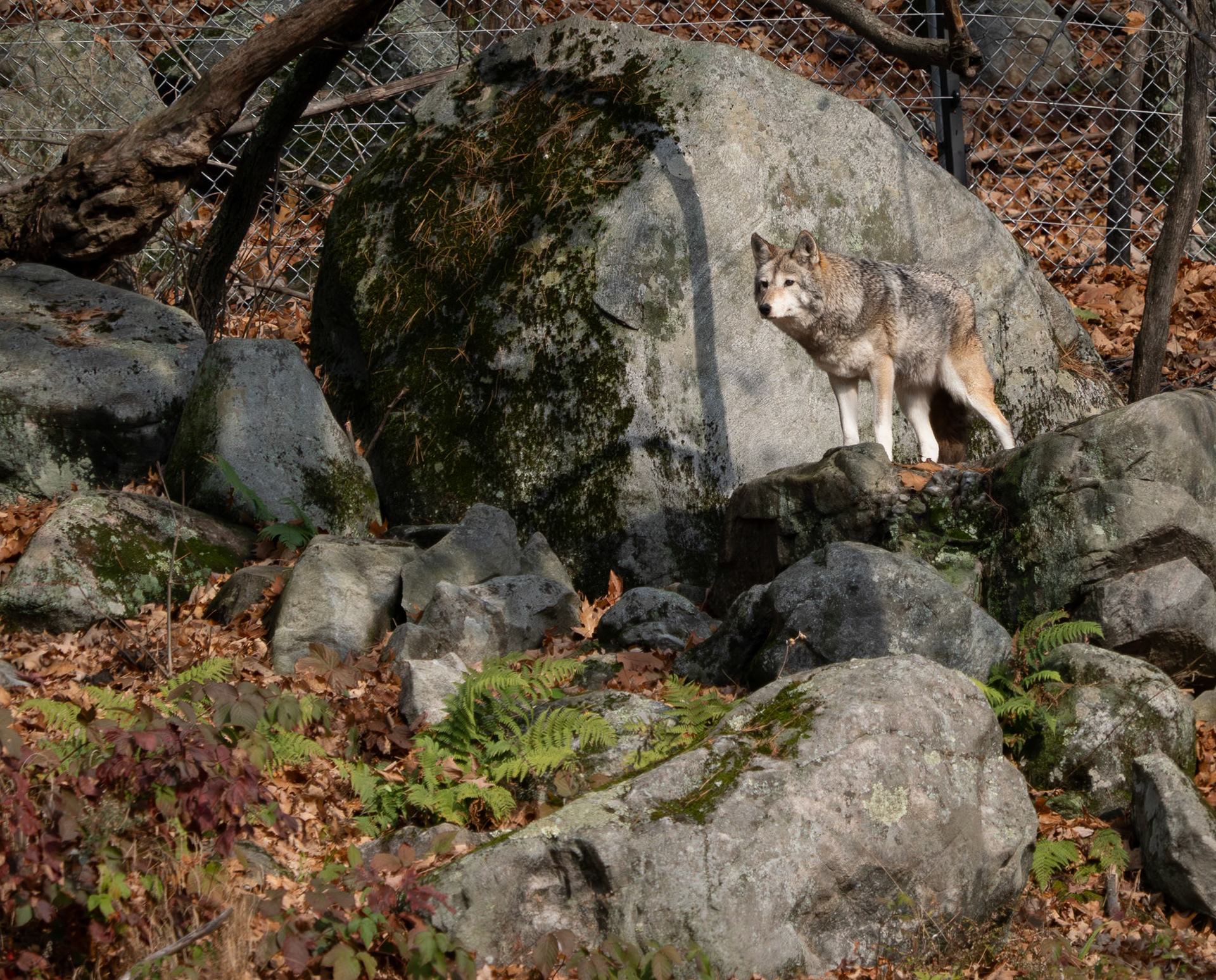
One of the black bears was enjoying the warm weather
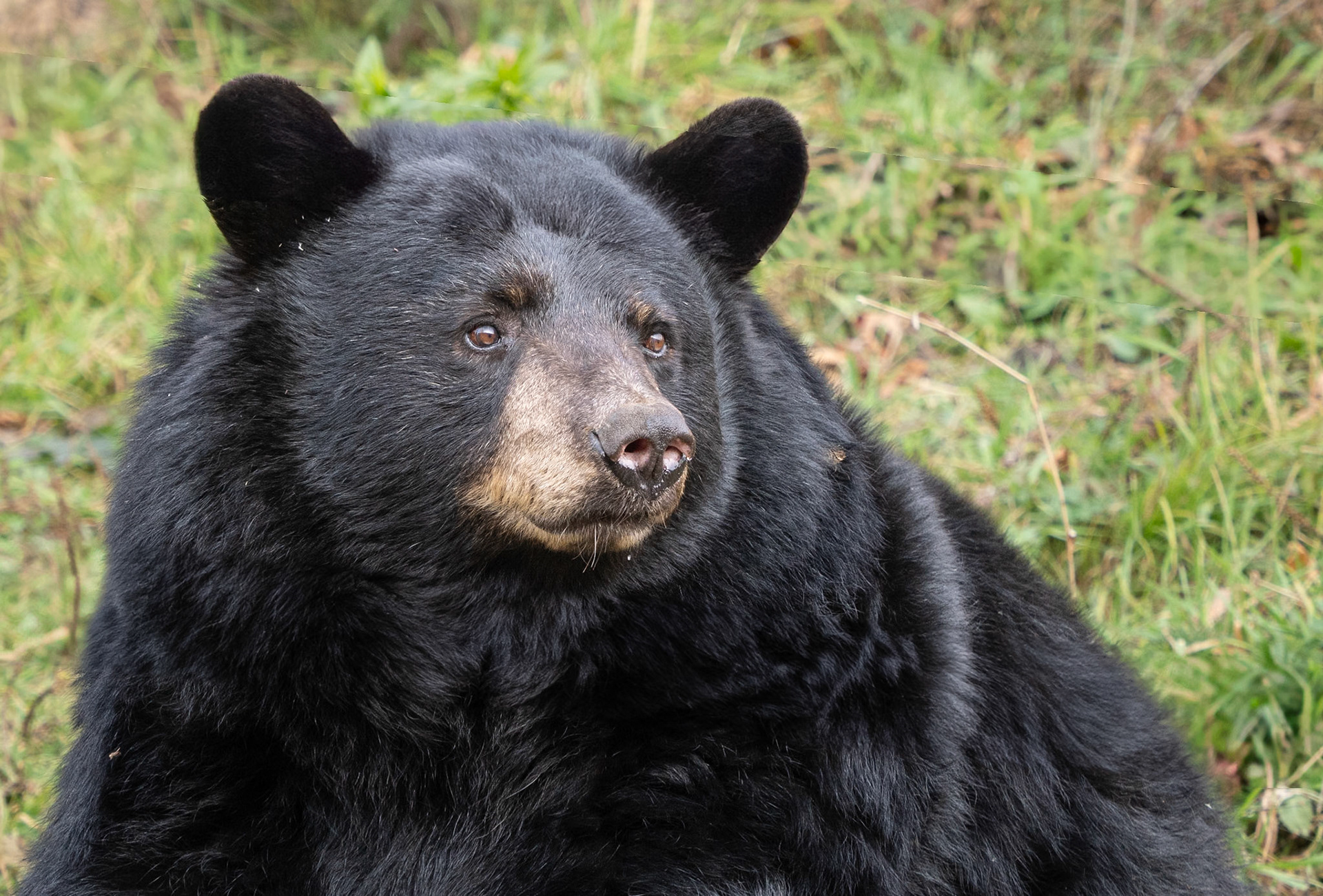
Two cinnamon bears were also out, one seemingly thinking "the grass was greener on the other side"

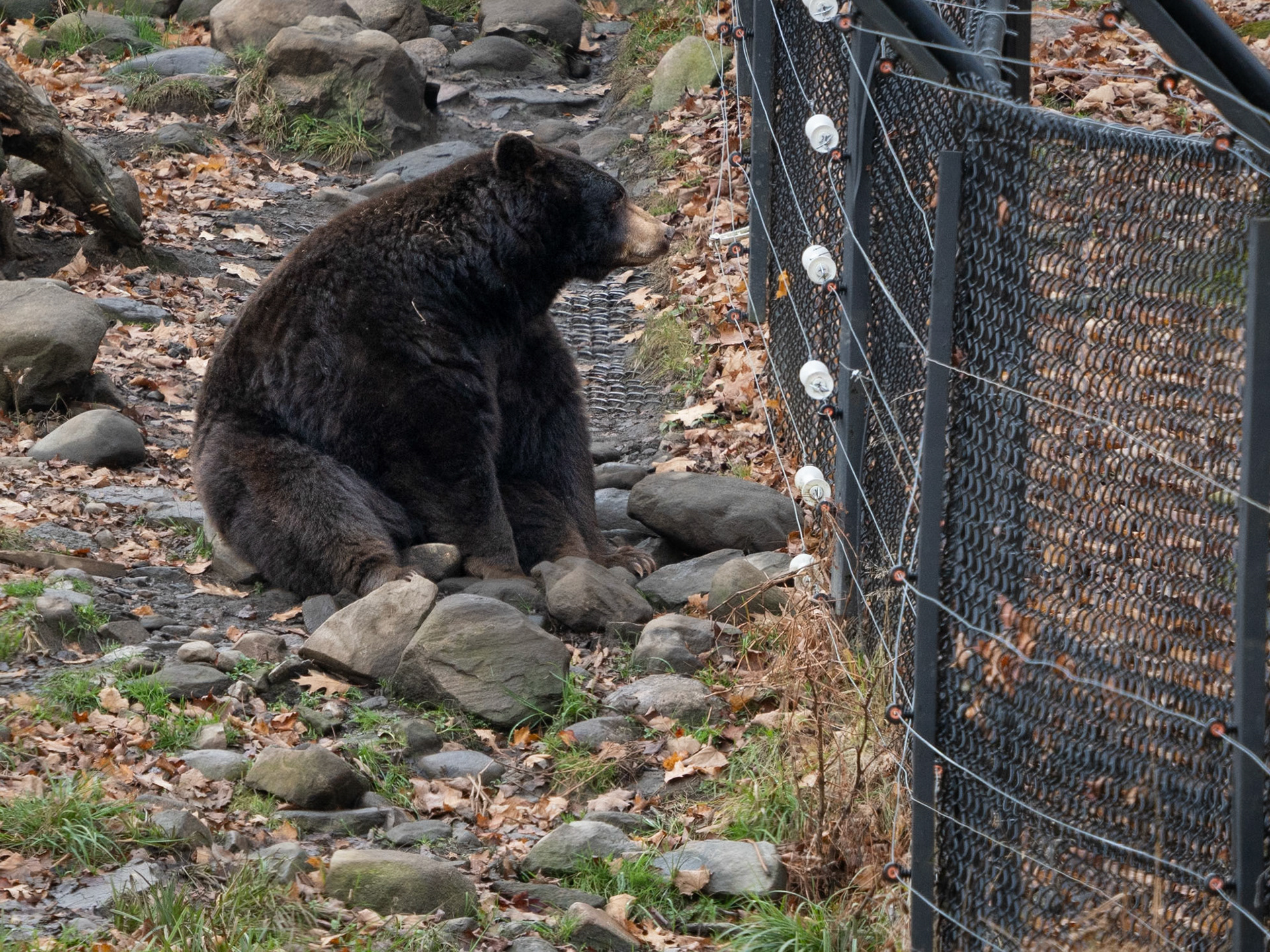
The prairie dogs were all looking ready for winter's (parial) hibernation. They had all put on weight. Many were working on their winter accommodation.
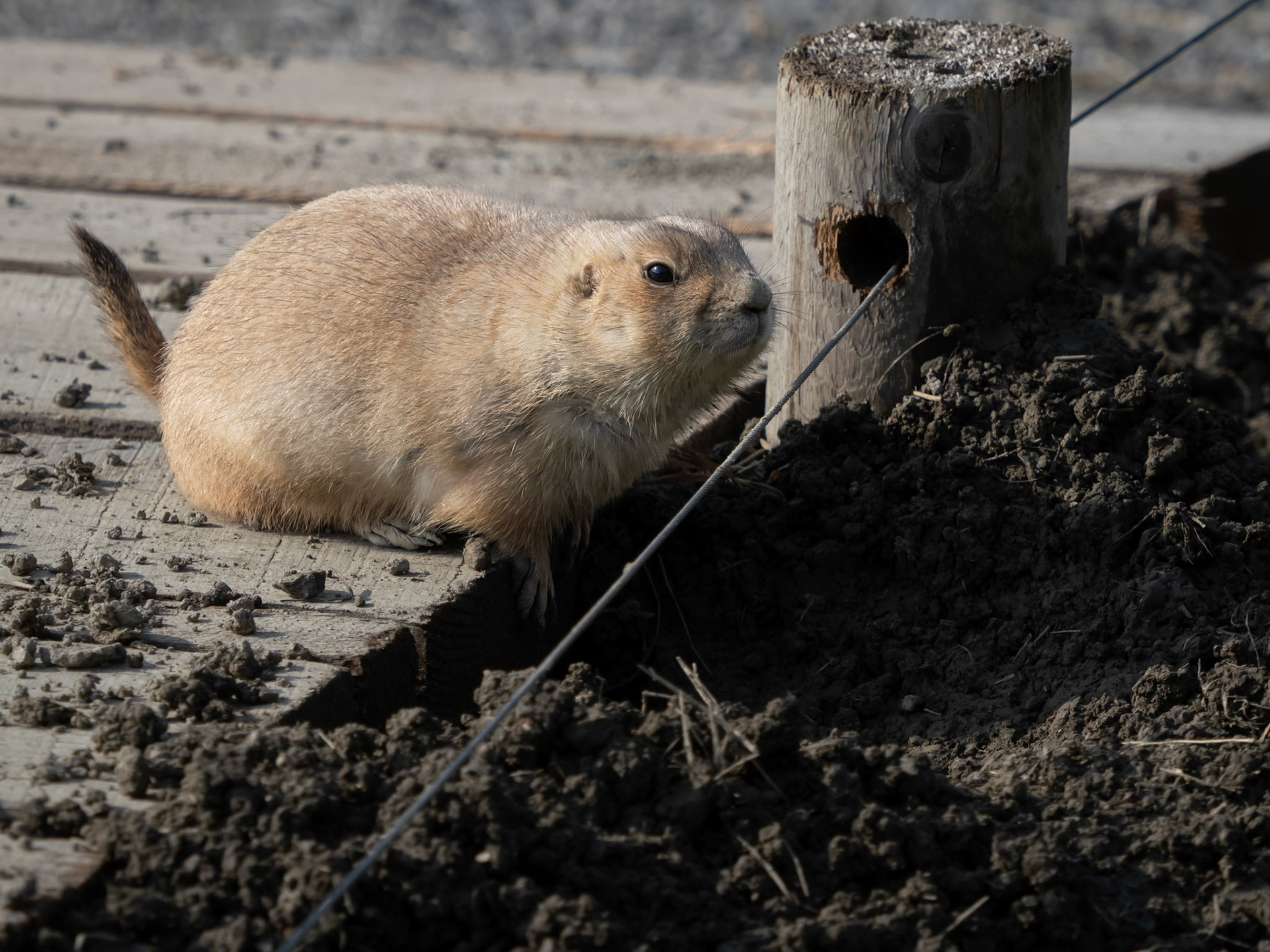

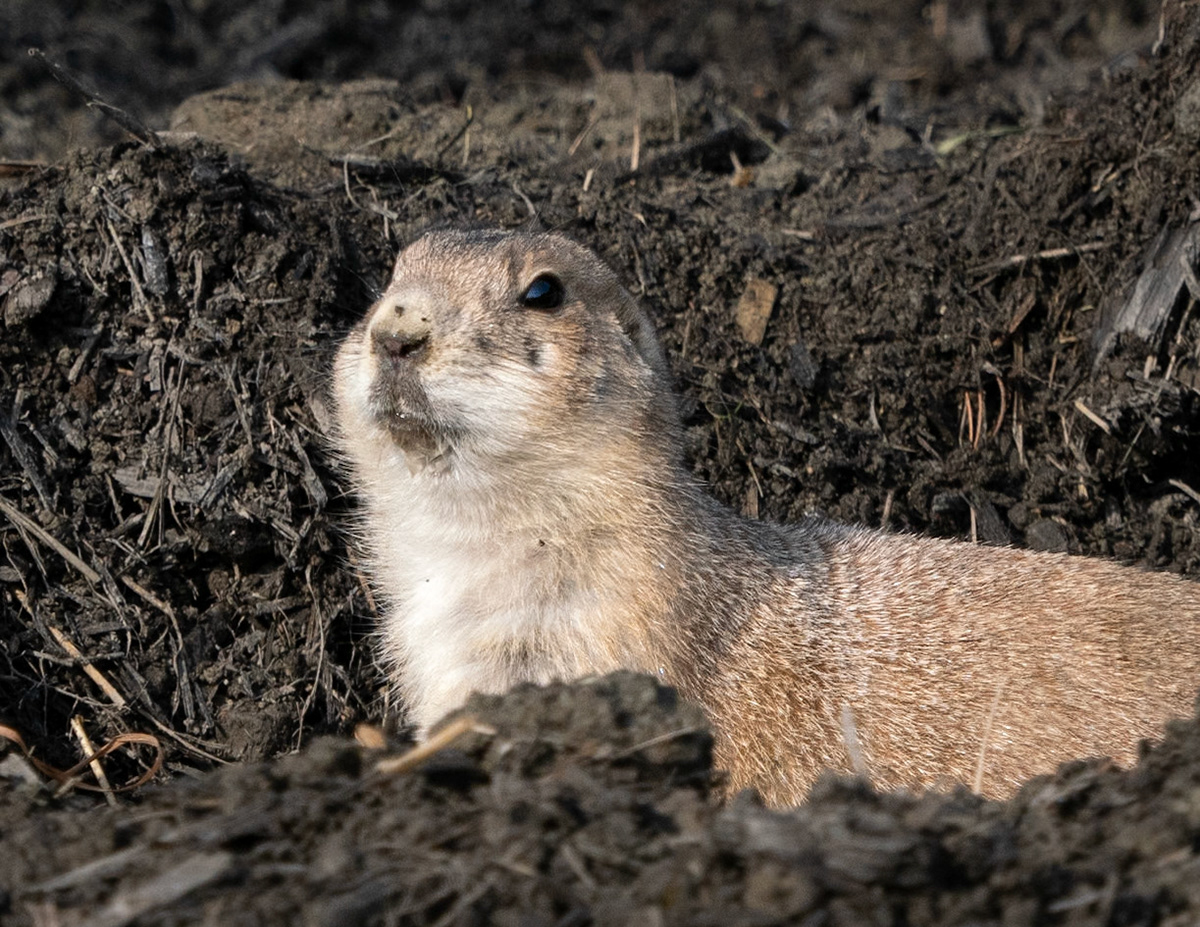
Despite it being late in the year, a toad was moving about in amongst the prairie dogs
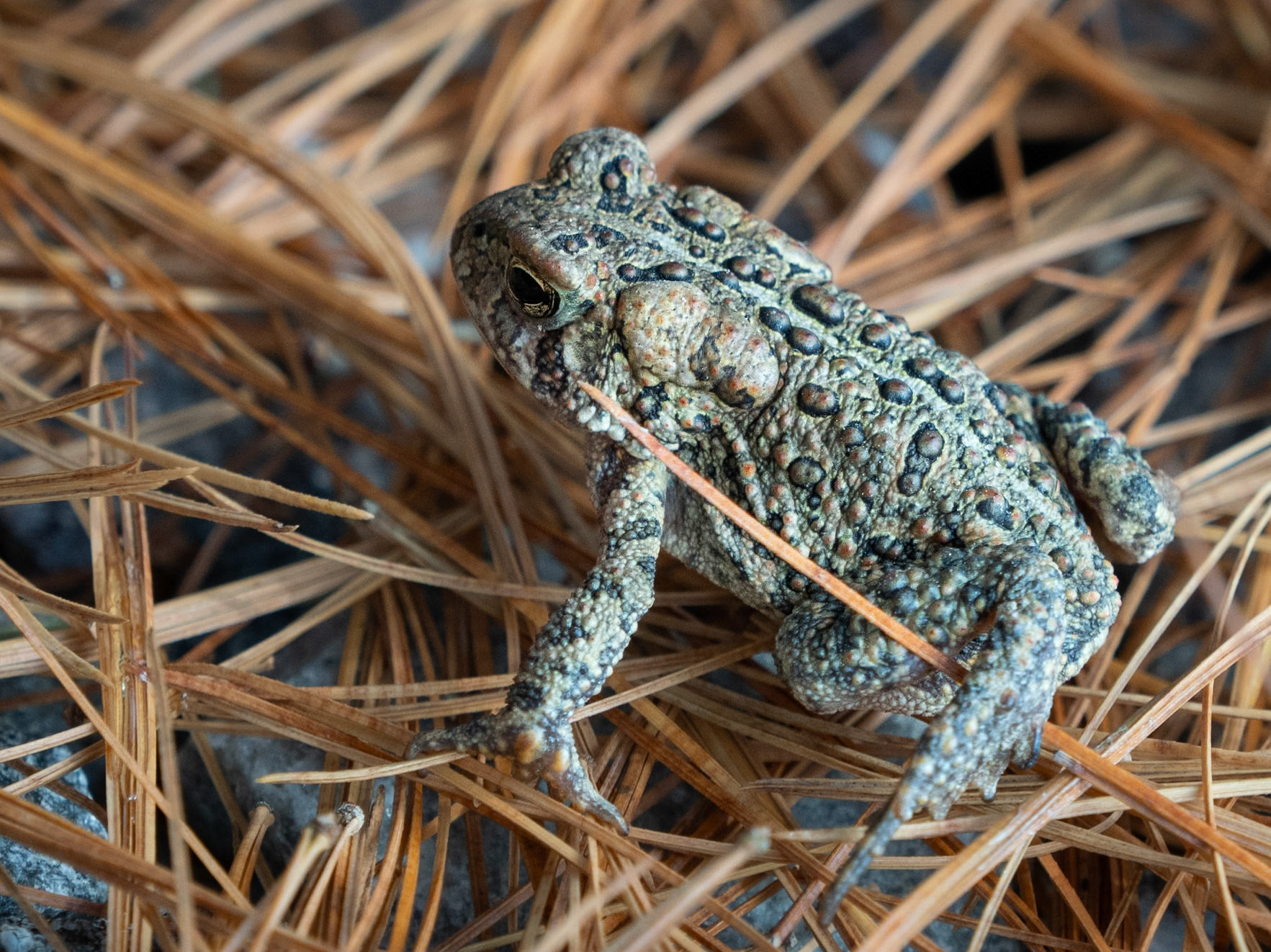
The five alpacas were up by their fence which gave us a chance to get a close look at their faces
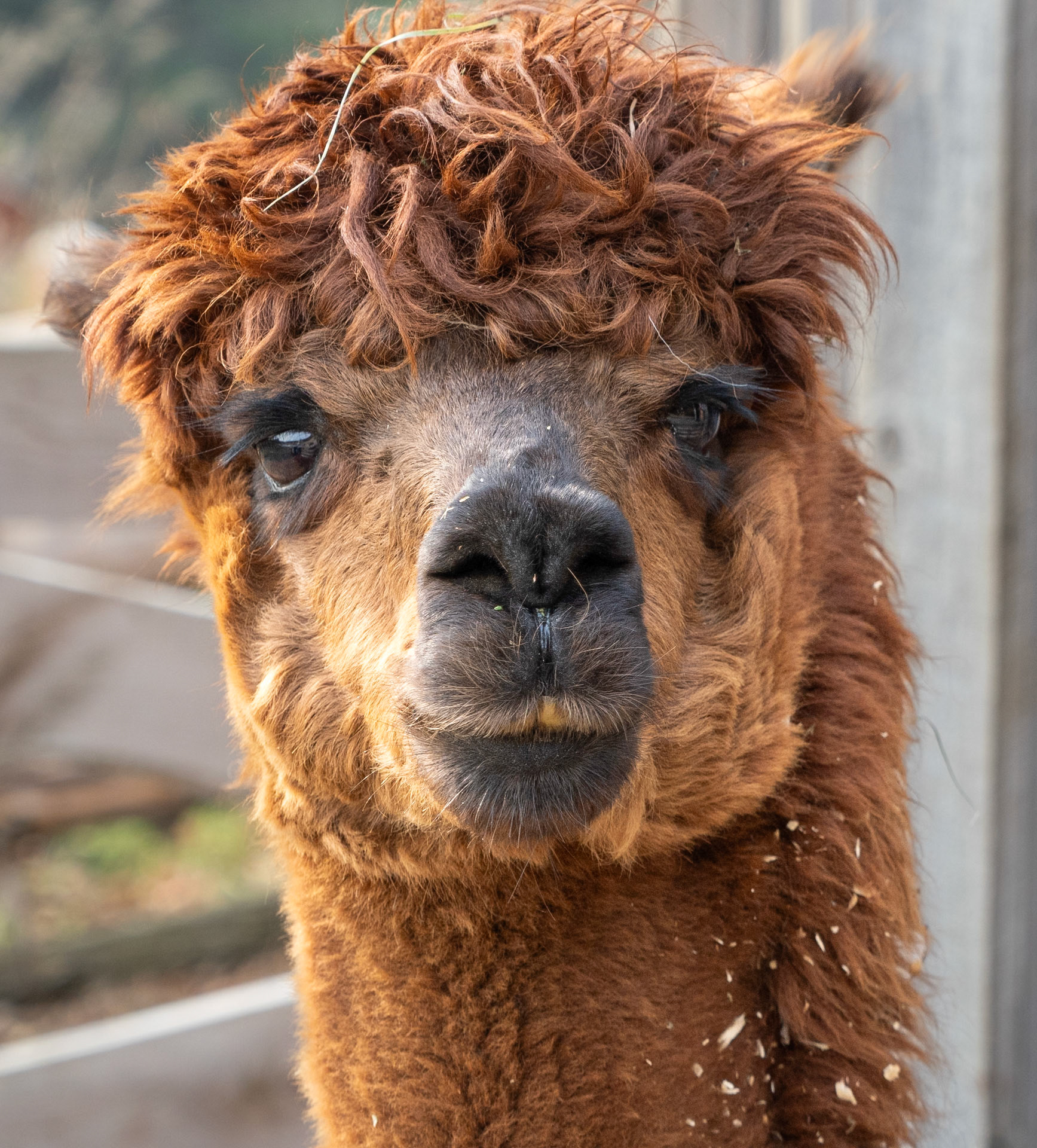
The frosts had killed off the ferns, which left cascading brown vegetation on the rocks
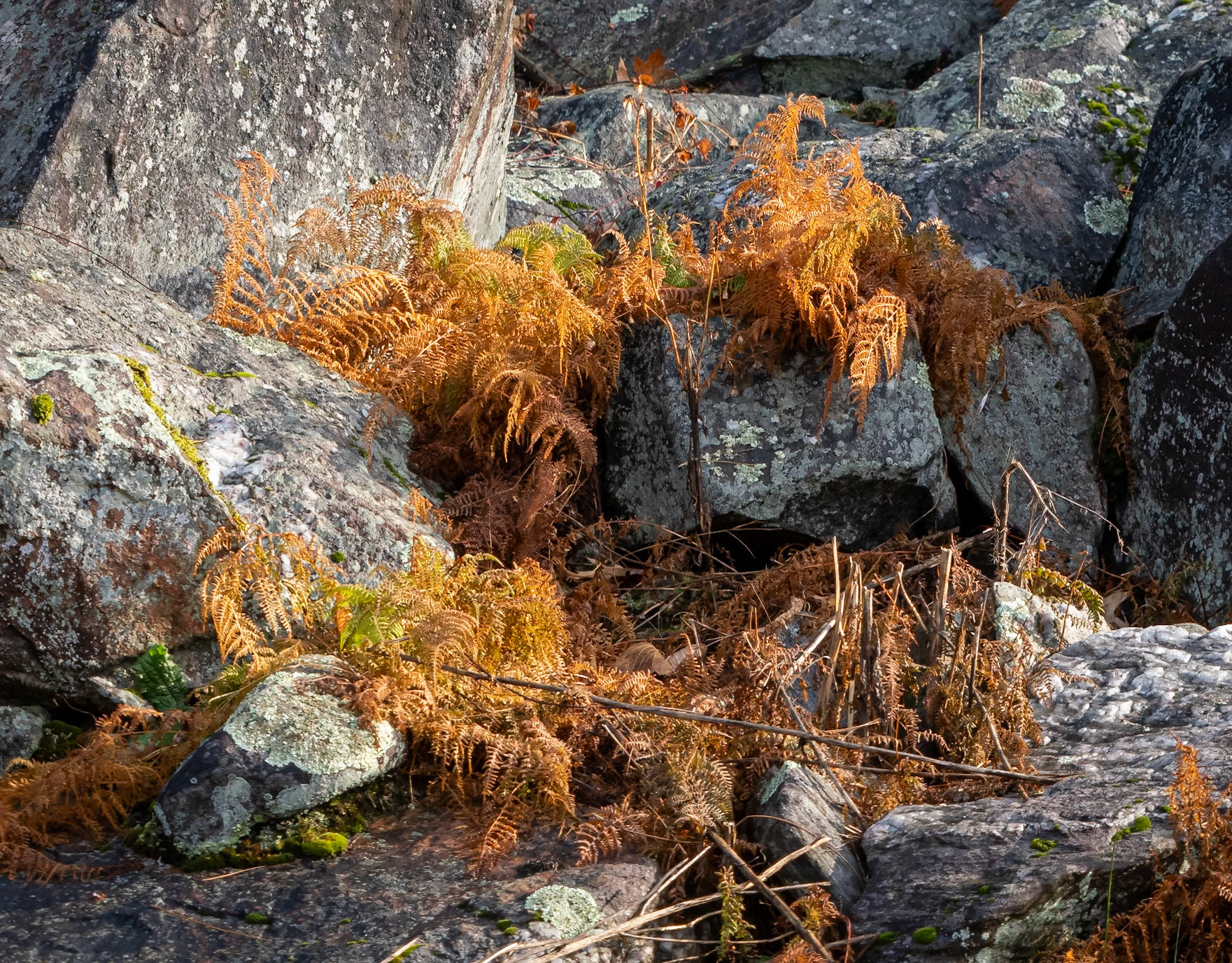
While one doesn't go to Parc Omega to see insects, if one presents itself, well.... A dot wing winter sedge
